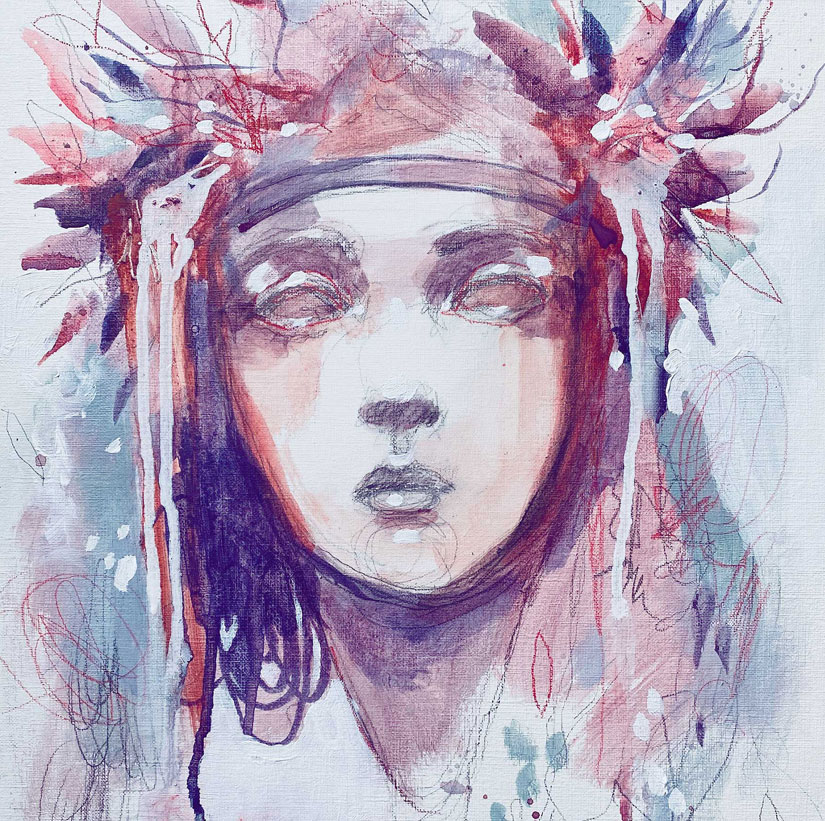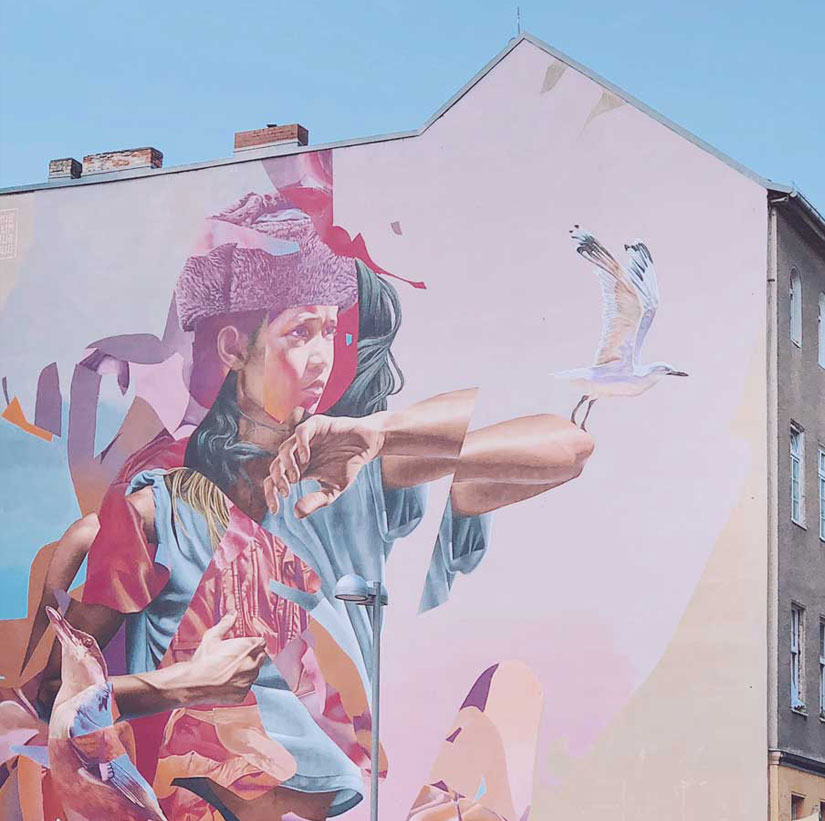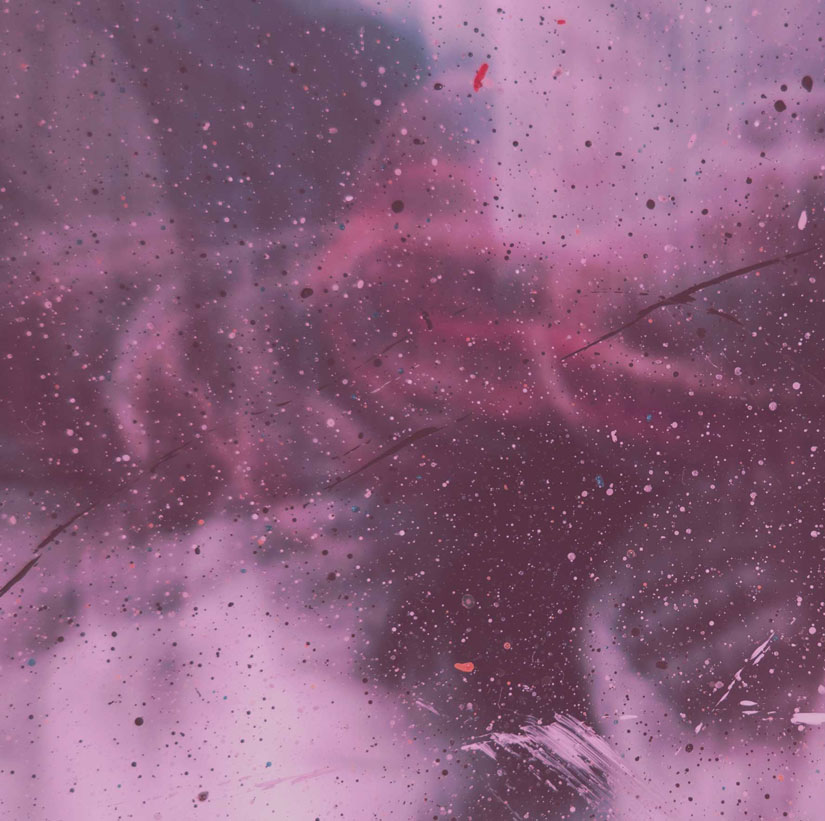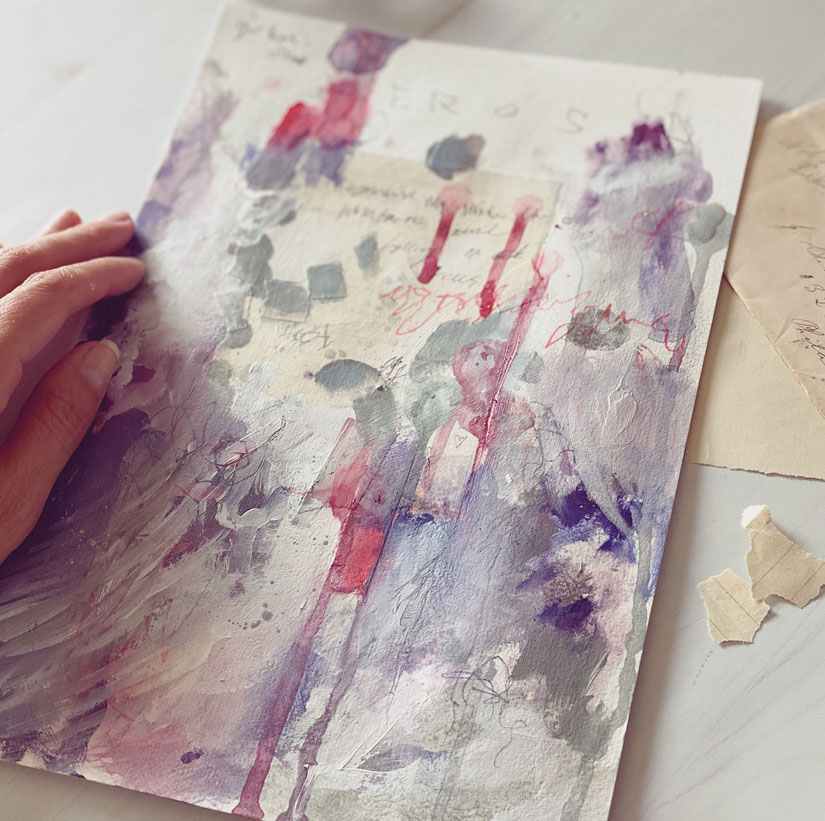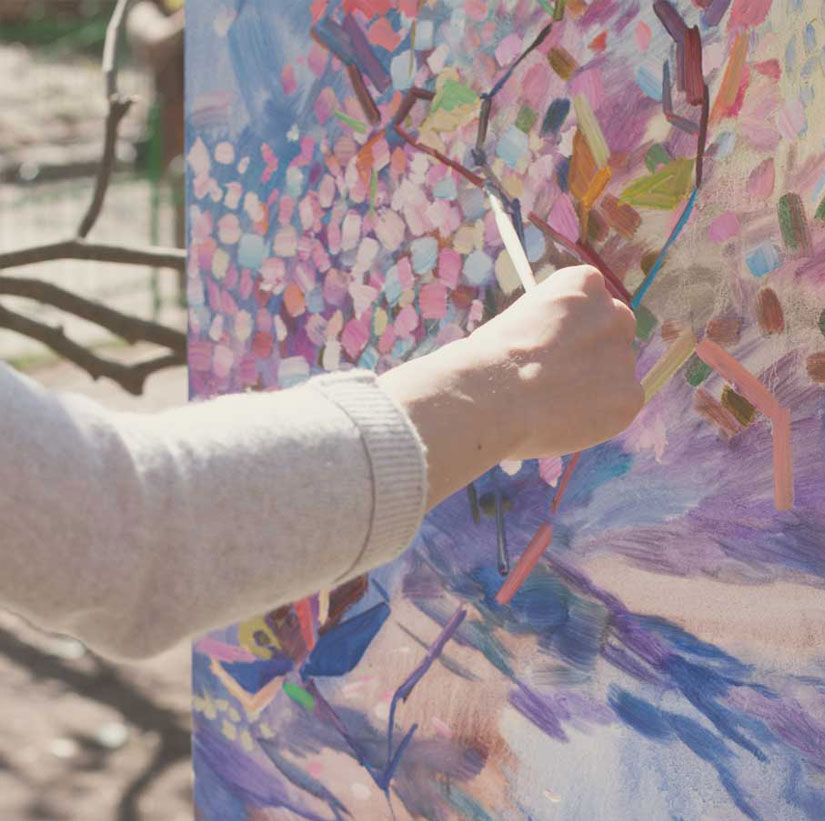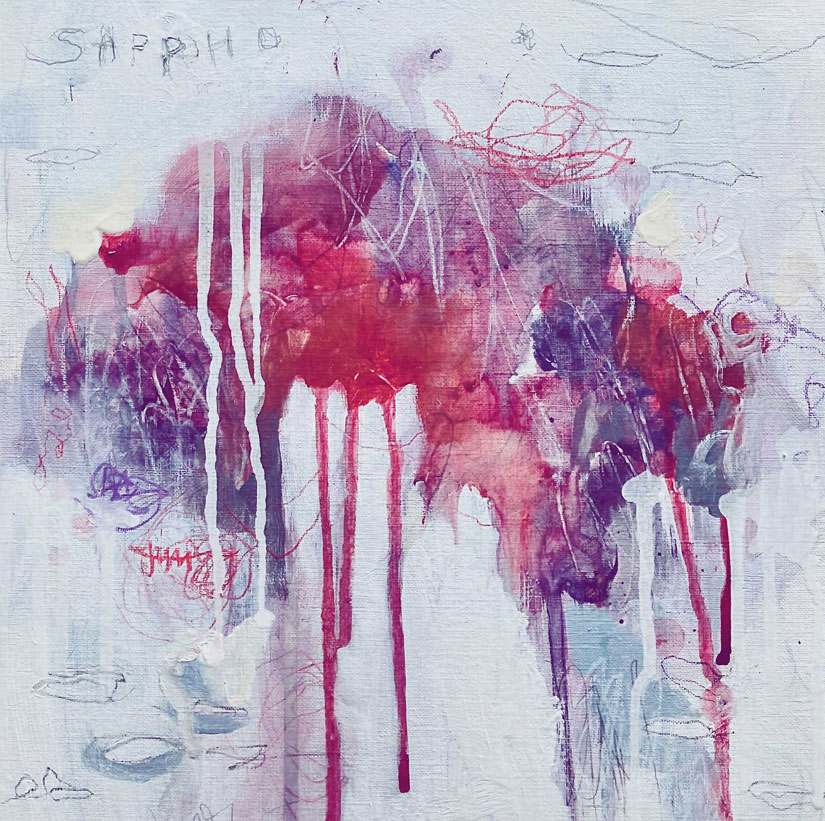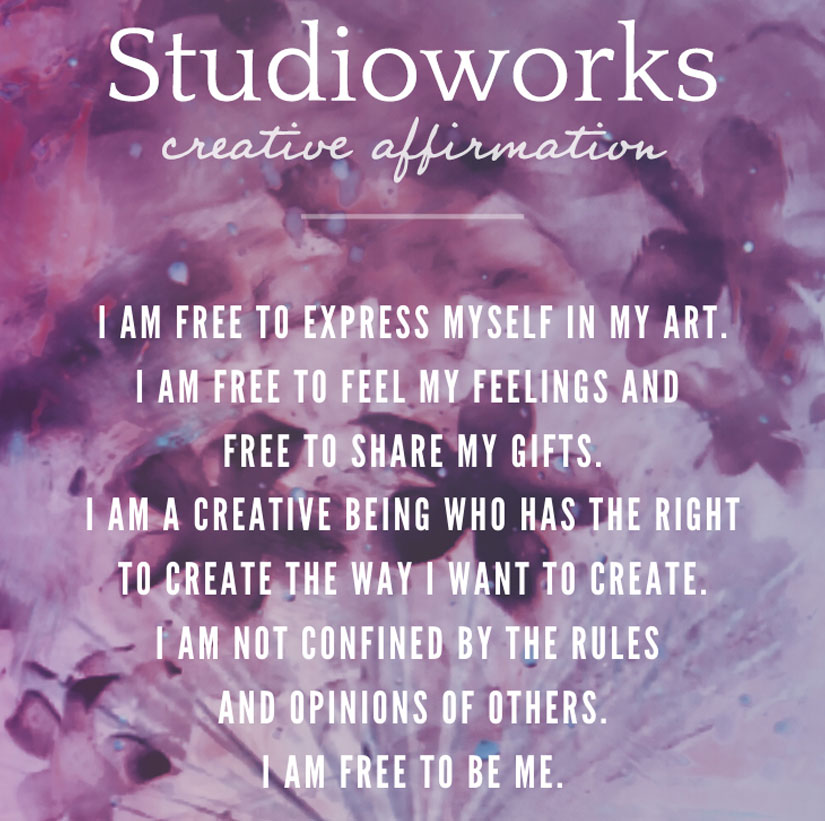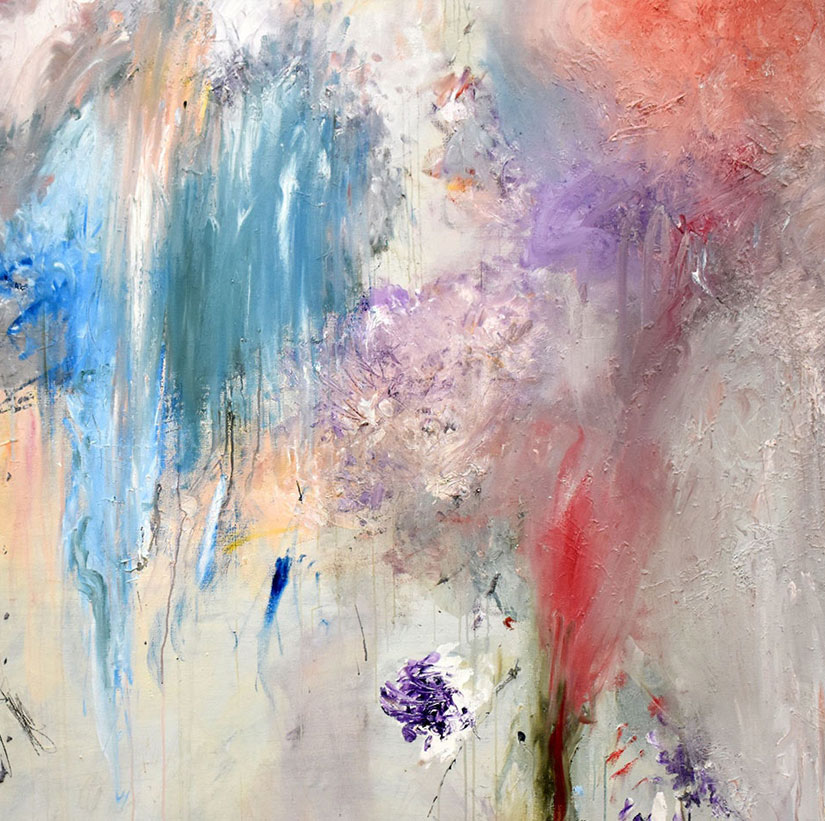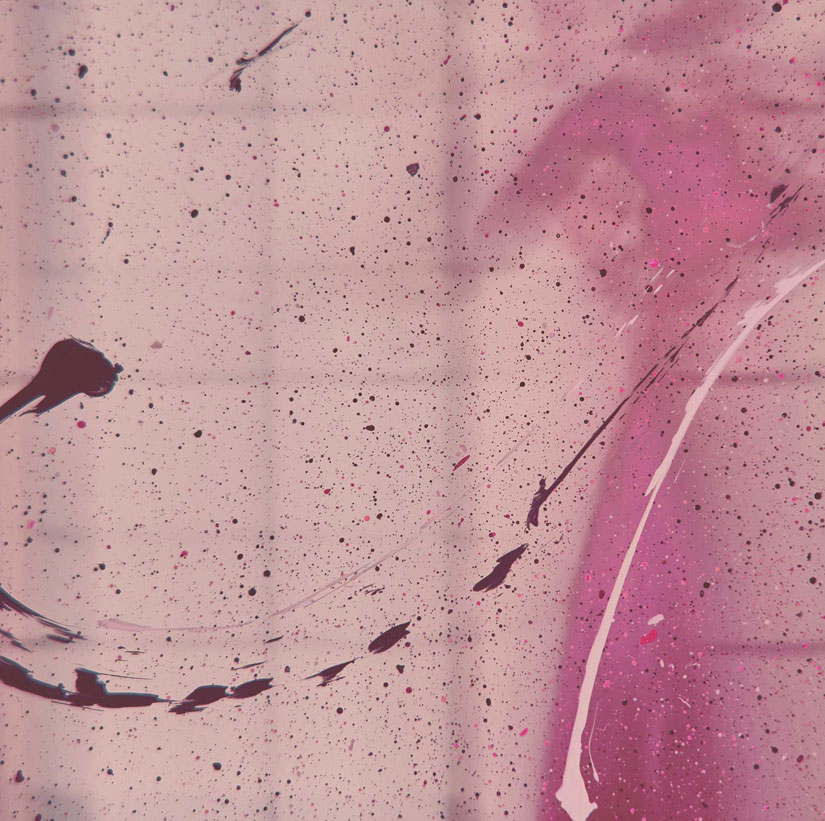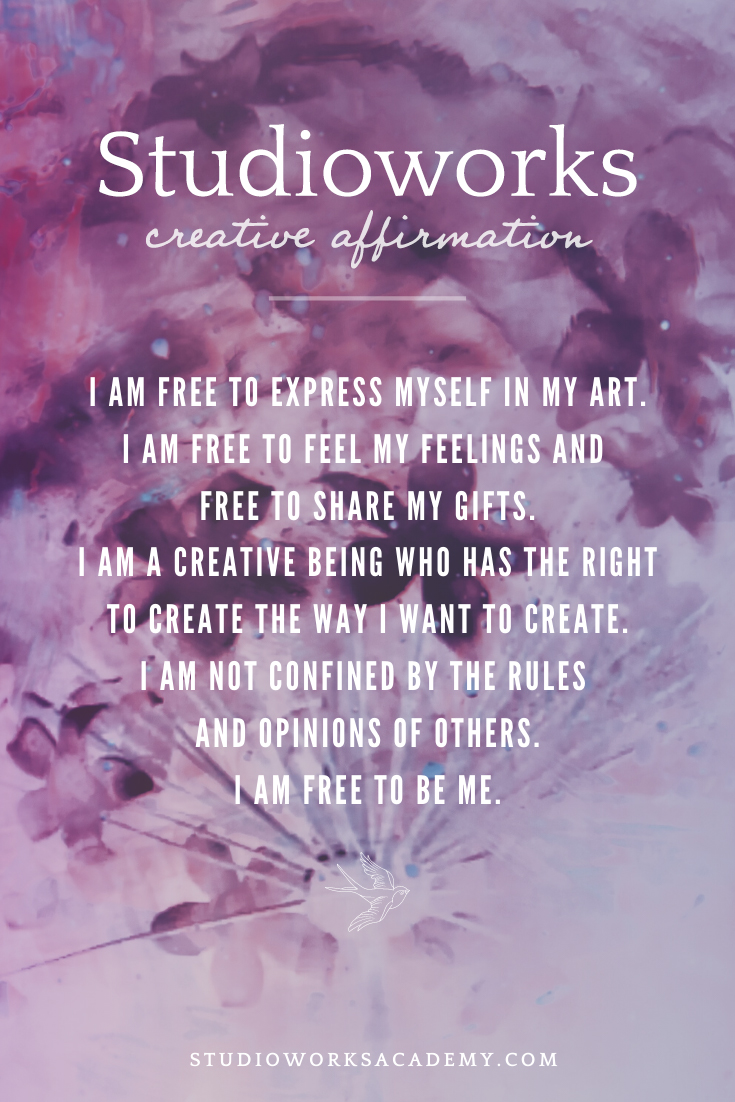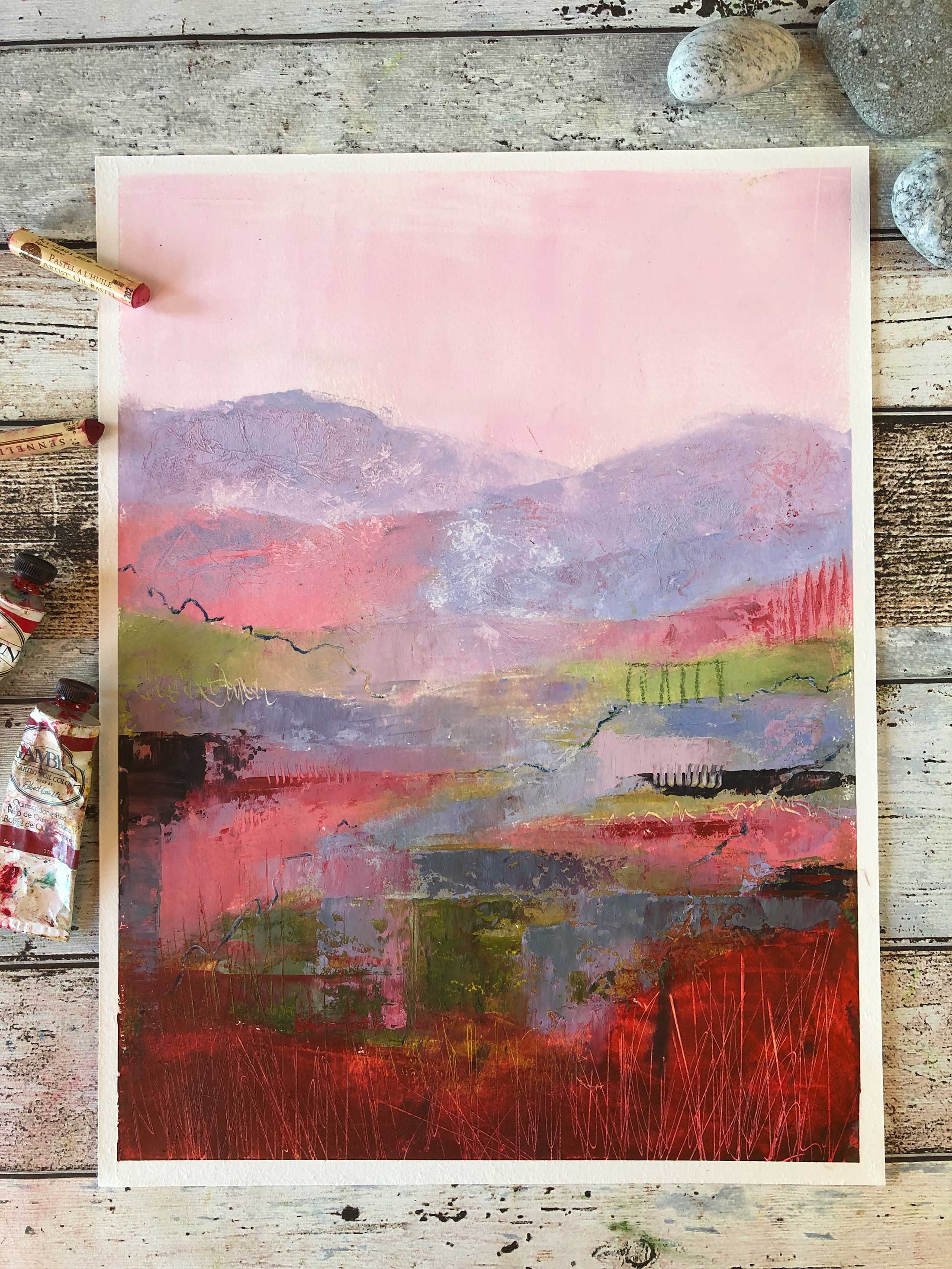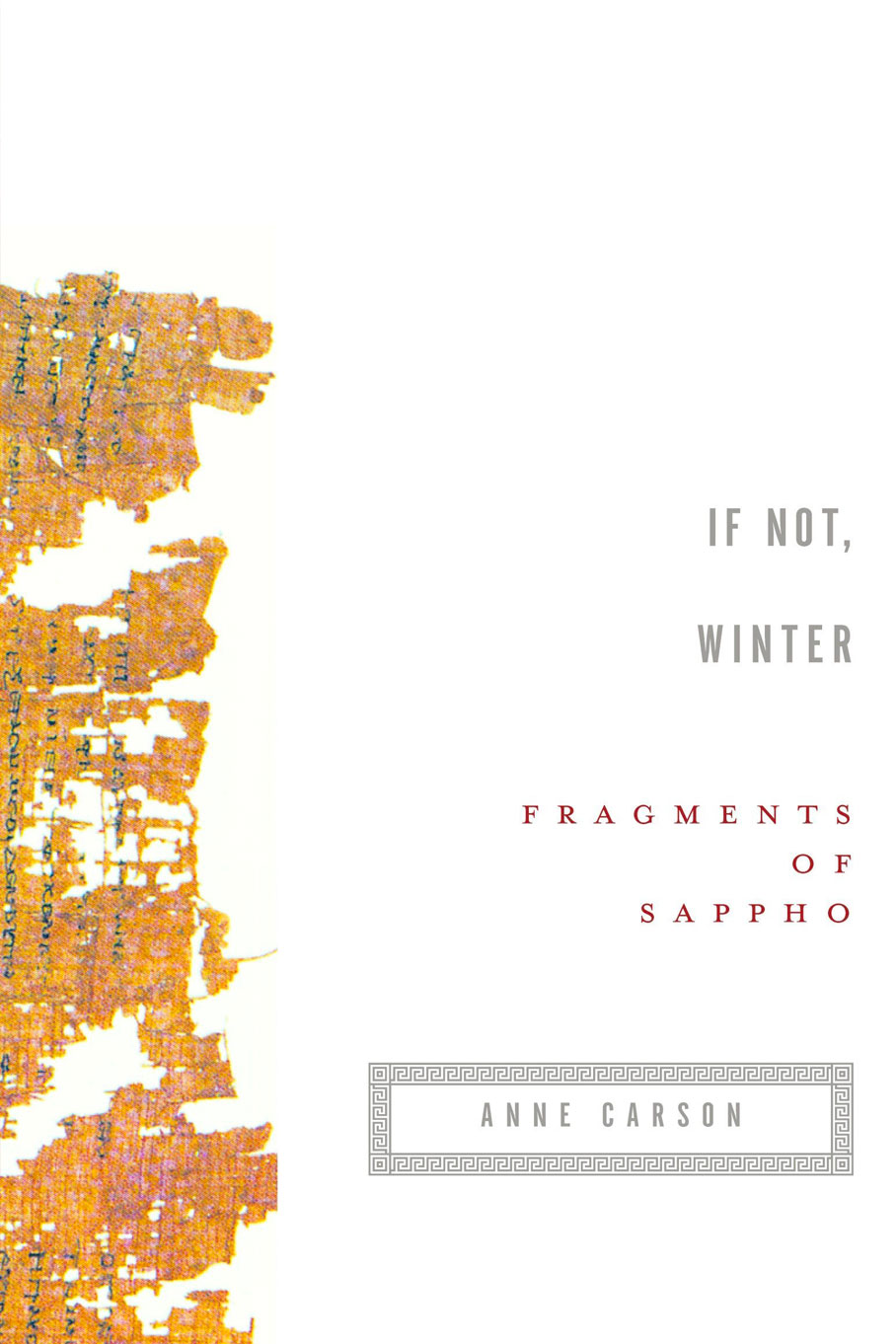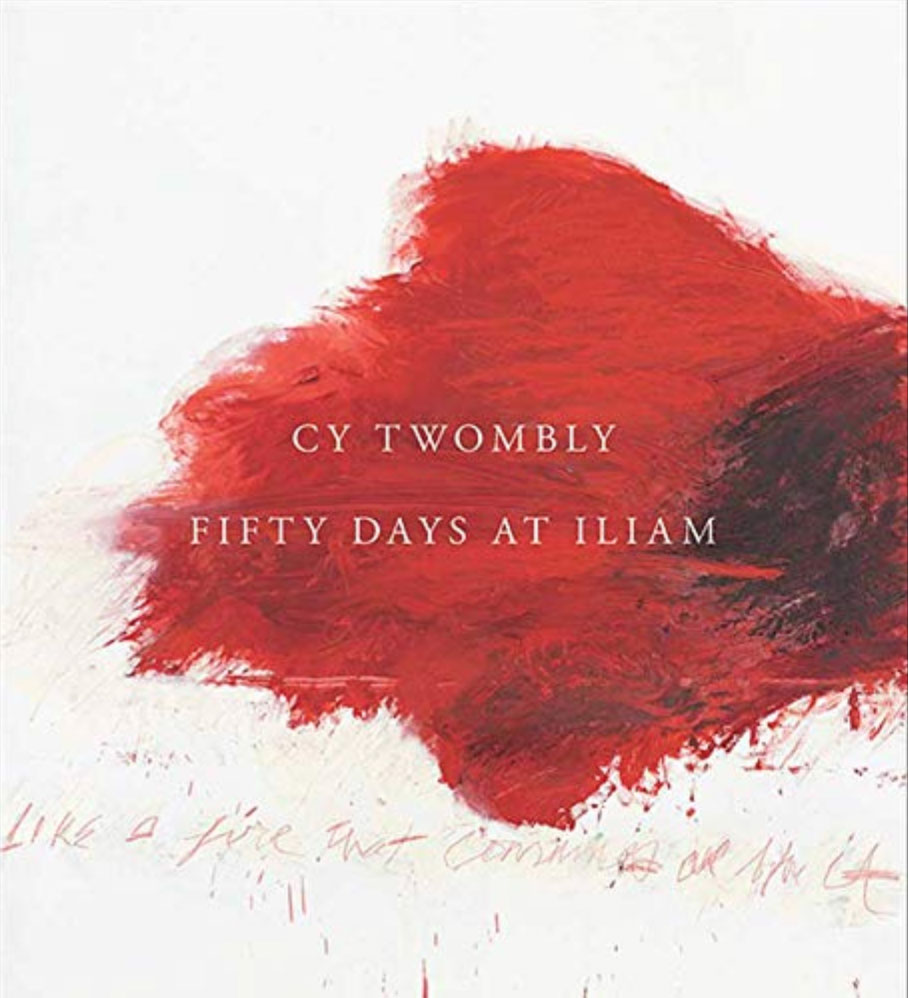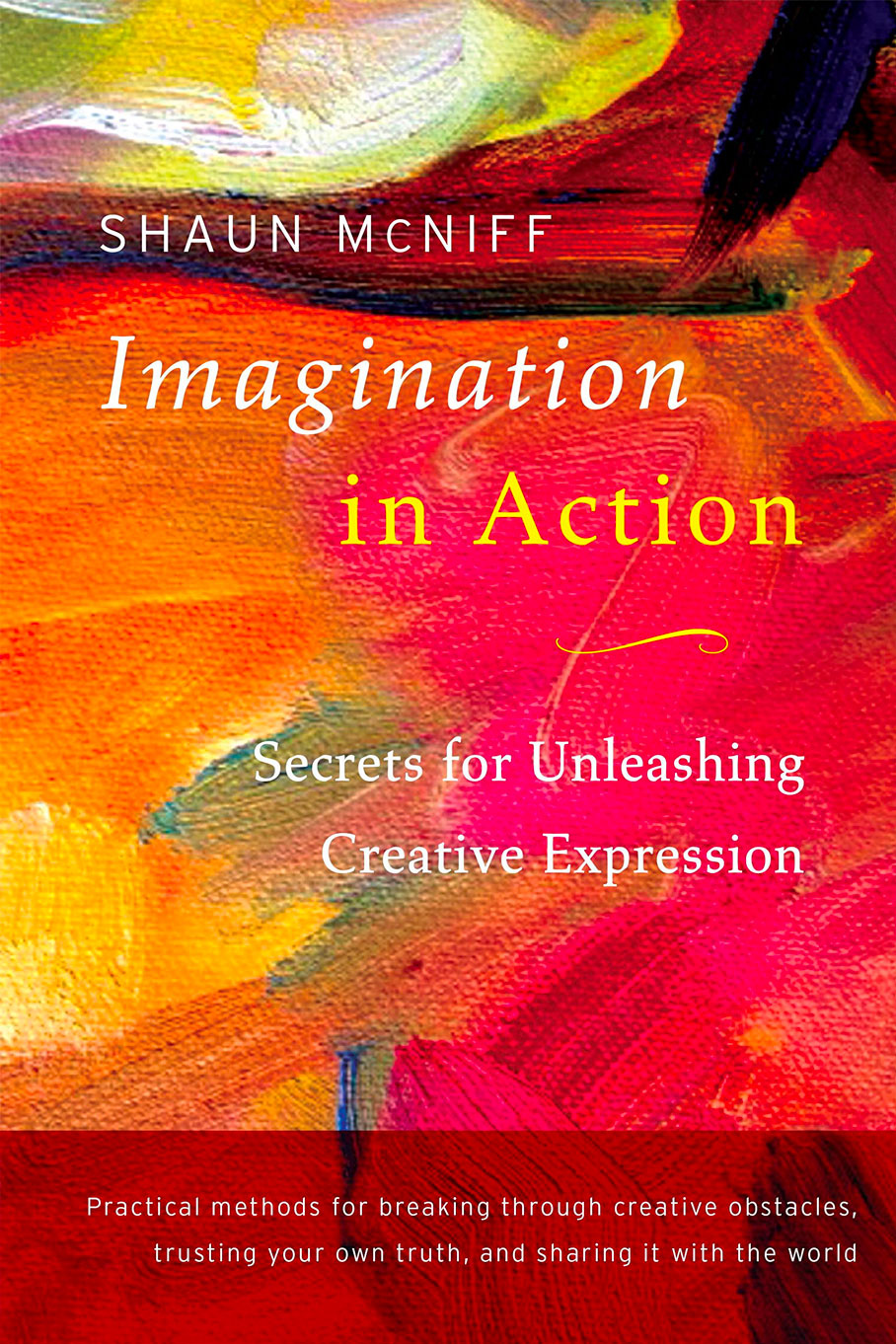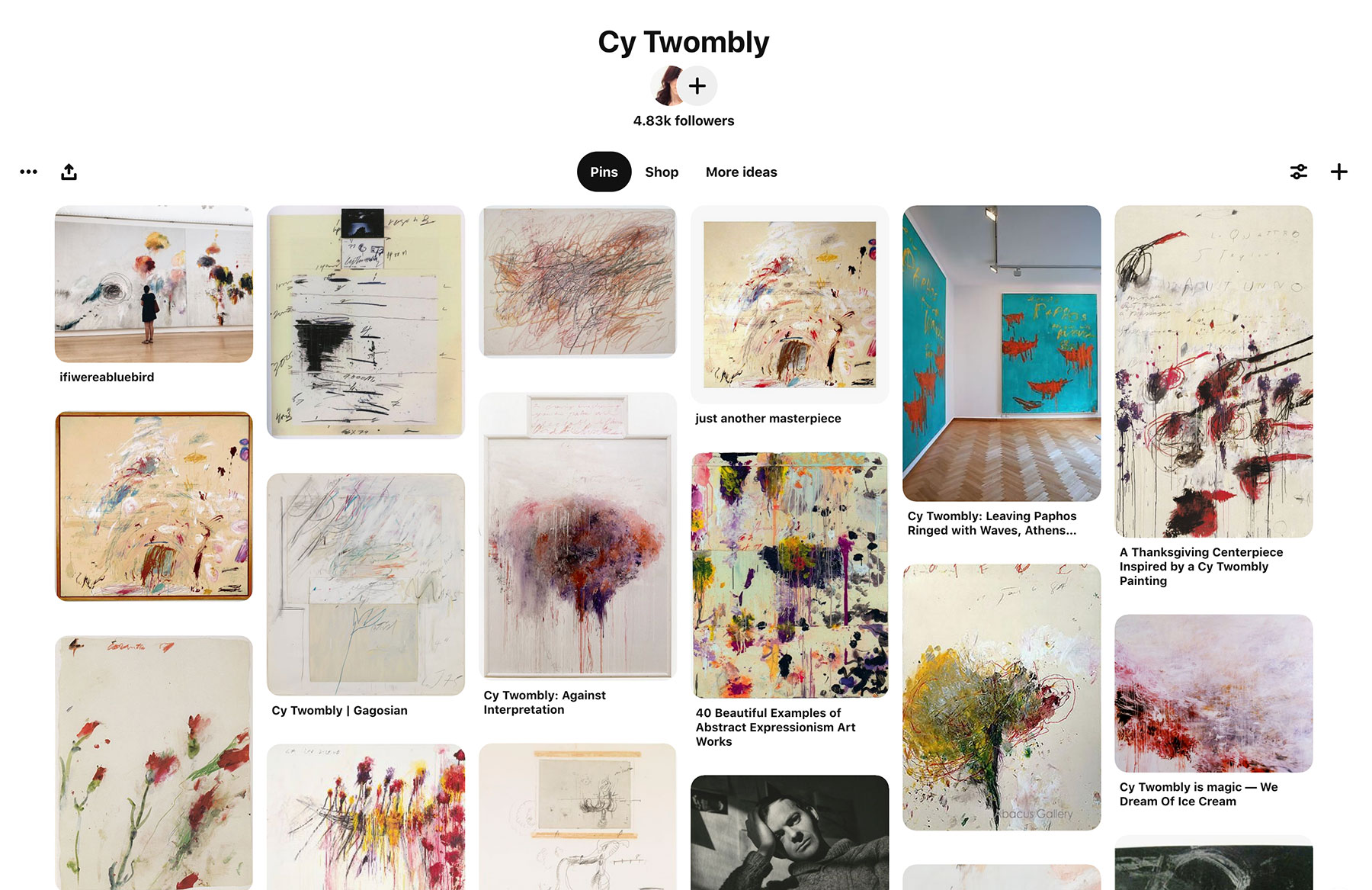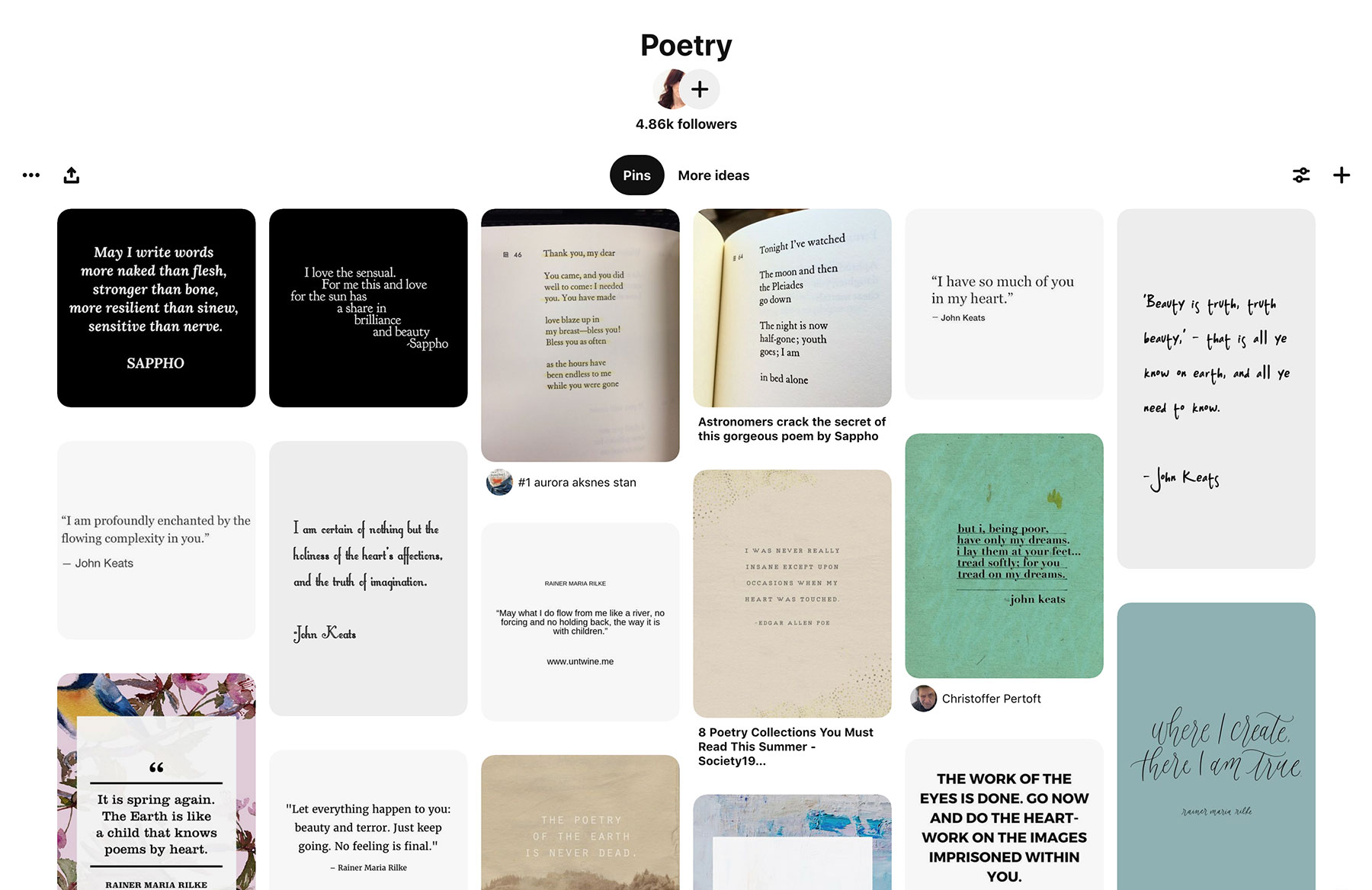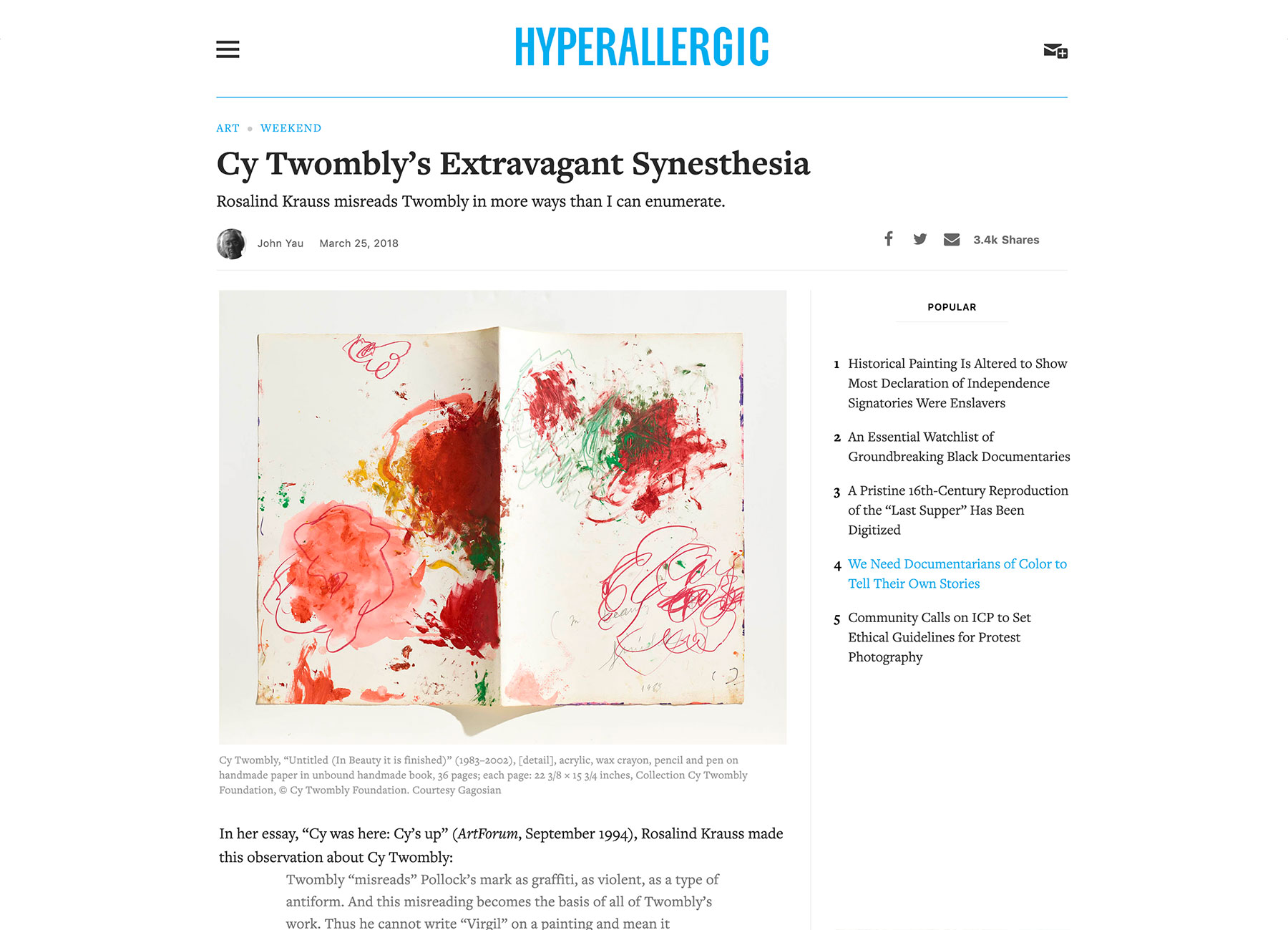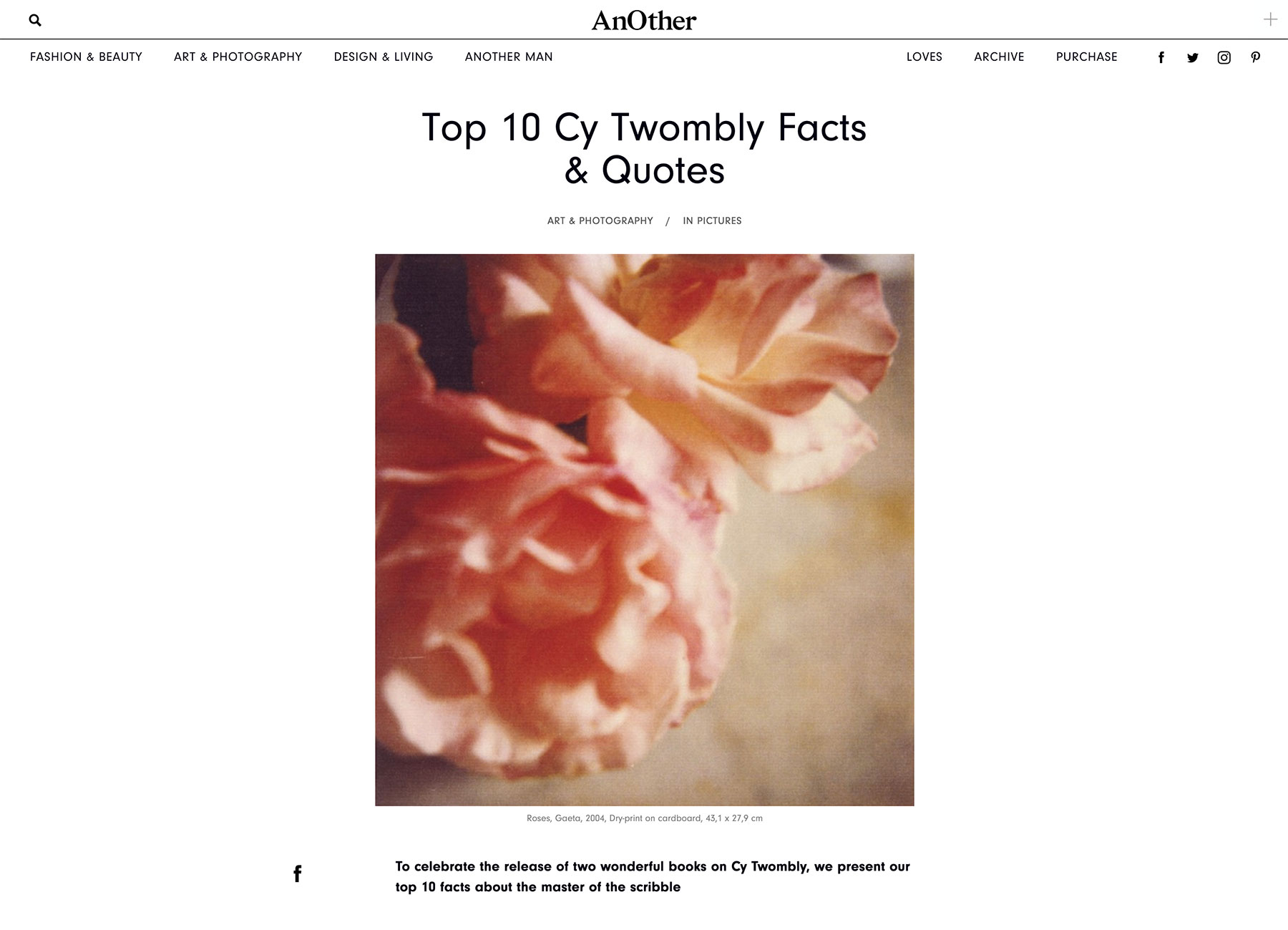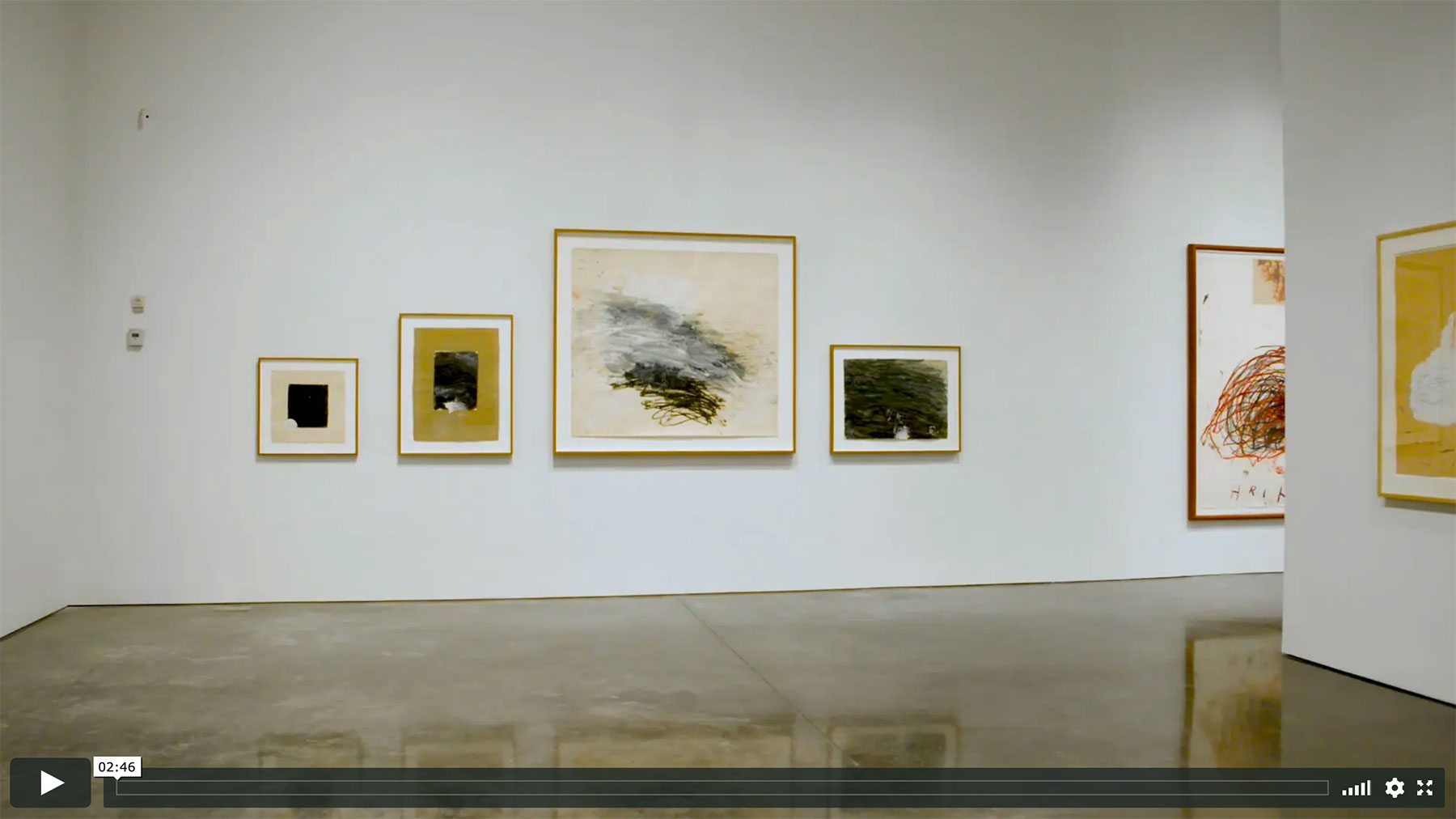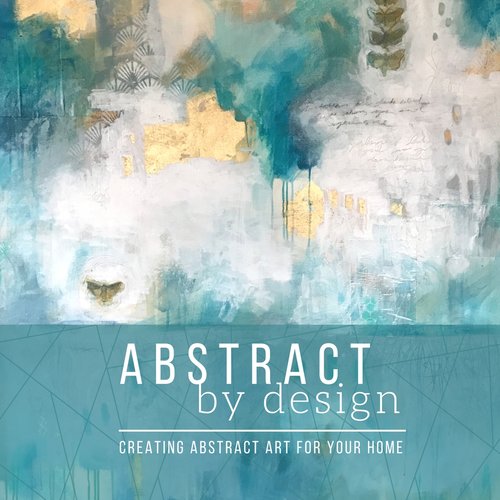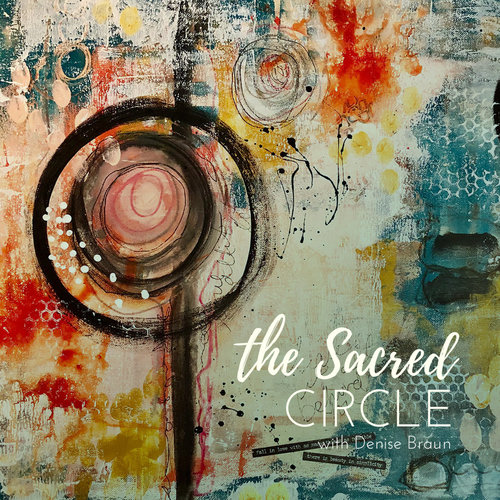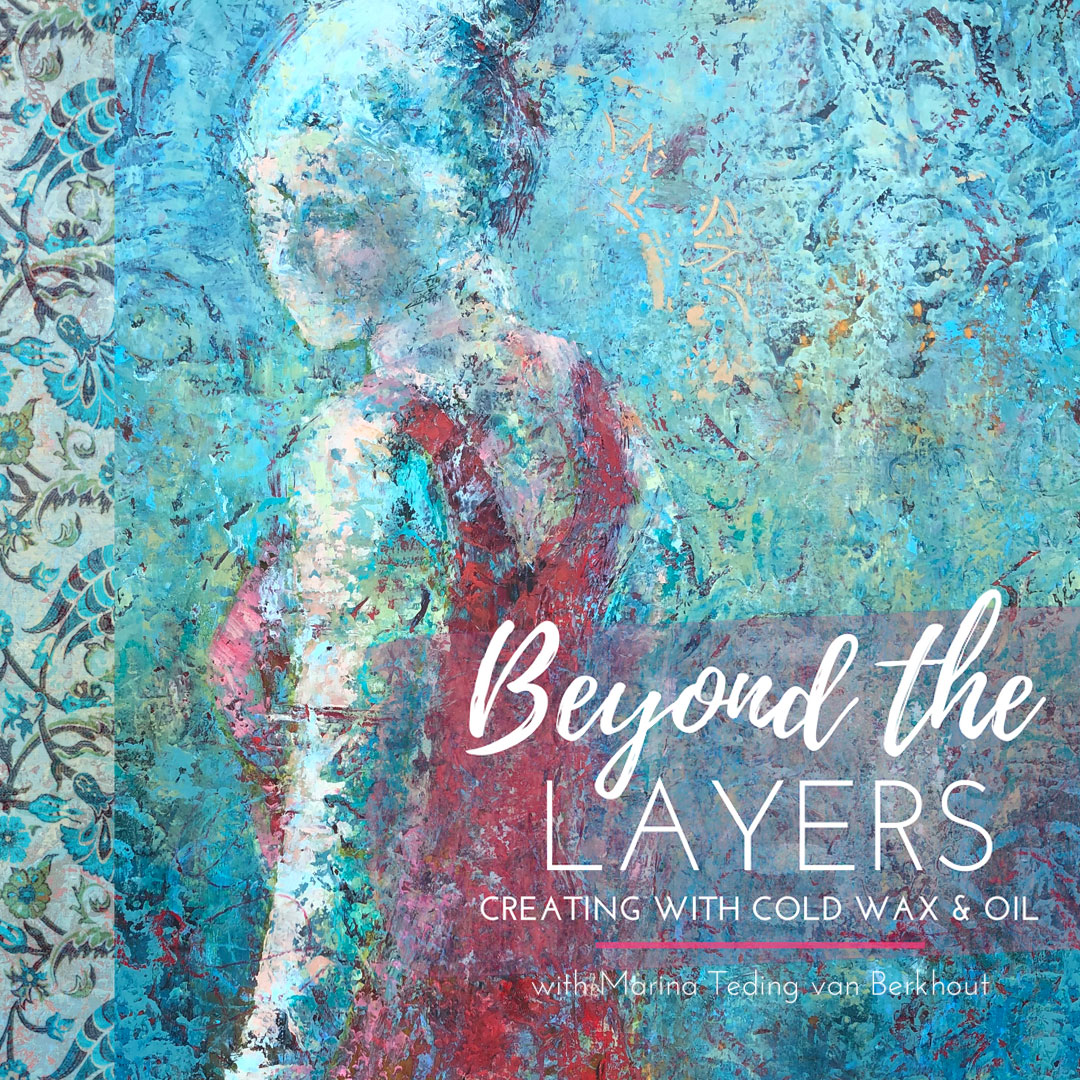IVY NEWPORT
Studioworks
Journal
a letter from ivy
Welcome to Issue #19 of the StudioWorks Journal! As always, I’m super grateful you are here with me and I’m excited to share this with you. This month, I wanted to explore the importance of creative freedom, freedom of expression and the value of rebellion and risk taking.
As artists, we represent a sense of freedom that often feels out of reach for many. Through our expression we show the world the powerful possibilities inherent in the act of creating!
xo,

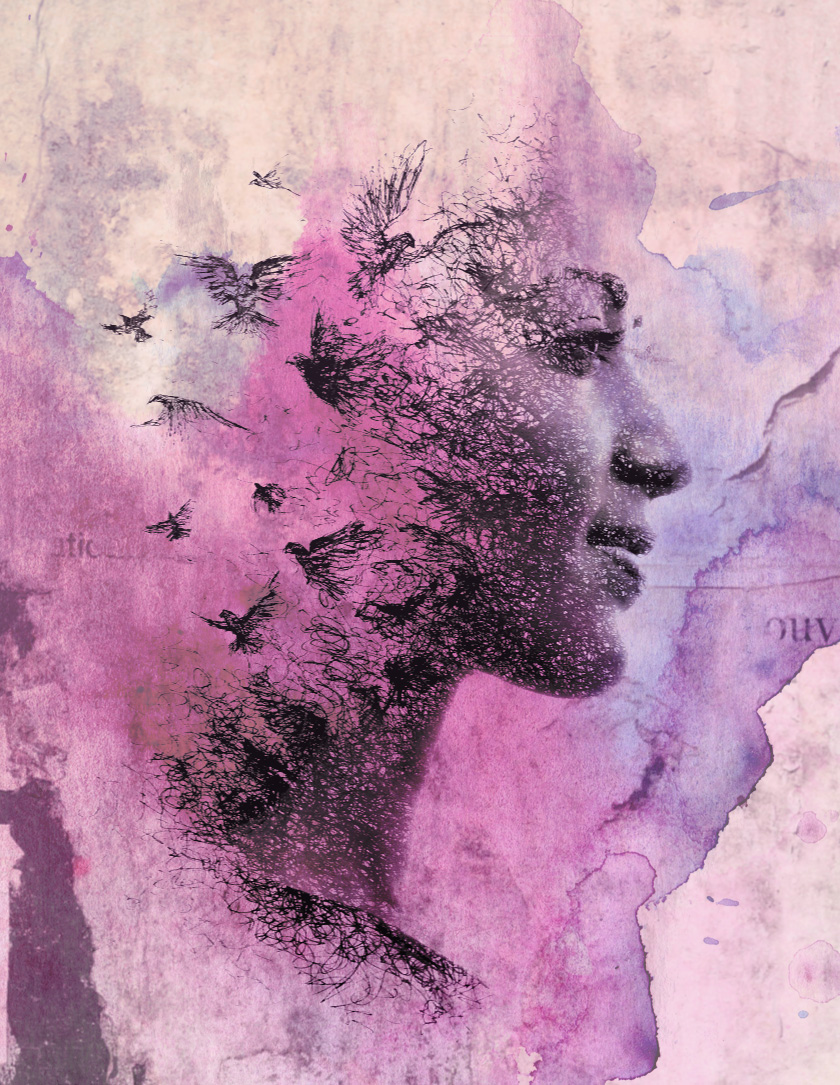
Each issue will invite you to explore your creative practice in whichever way works for you. Experience each issue at your own pace. Take what resonates with you and put the rest aside for another time.
Grab a cup of something lovely and dive in.
MONTHLY THEME
Freedom and Art
“Creativity is the greatest rebellion in existence.”
– Osho
Oh yes…it sounds so wonderful doesn’t it? BUT often it doesn’t feel like that right away. Stepping into creativity can feel heavy and full of resistance. Weighty chains of self-doubt, judgment and even shame must be escaped in order to fly. We must come face to face with our fear and the echoes of all the voices who have told us “how to be” fill our ears.
This is why an act of creation is truly a rebellion. We must choose to turn away from convention, from rules, from the constructs of society to create. We must turn down the volume and wade through the noise to get to that holy place of flow and connection. I love this quote by Christopher Lasch –
“The work of Art is a scream of Freedom.”
– Christopher Lasch
This is why so many admire the life of the artist. Even those who might scoff, secretly desire the life of discovery and heart wrenching joy that is inherent in the creative path. It is a desire of all of humanity to experience the richness of creativity.
Unfortunately, so many have been told they do not possess the right skills or the right tools to do so. There has never been a more damaging lie than to tell another person they are not creative. This shackles the human spirit and douses the light that burns in each heart.
And so, for those of us who embrace creativity and actively create, we are the warriors of freedom and the light bearers for the ones who have been told not to make things.
When people see art, they see a window of possibility. They see a way out, even if they do not recognize it or believe they are capable of the same. They see hope. Somewhere in their hearts they connect with that spark of freedom. They might tuck it away in a dark pocket but it is there and the more Art they are exposed to the more that light grows.
You are among them and it’s important to remember that each time you engage in your creativity you are not only doing it for yourself but for the human collective. Each time you break a rule and free yourself from the illusion you are fighting that fight for us all.
“It’s not just about the Art. It’s about giving your soul a voice for freedom of expression.”
– Desiree East
Artists and Self-Censorship
Let’s face it, we live in a pretty polarized world. These days certain actions, words and expressions are immediately categorized into this side or that. Paired with this, add the complexity of social media and the mob energy that accompanies it into the mix. This leaves navigating the world as an Artist that much trickier…
Artists have always had to deal with the fear or disapproval, the pain of rejection, of offending others or being completely misunderstood. These days that can take the form of unfollows, aggressive comments or a lack of “likes”.
So, in this current climate, we must ask ourselves how we might be self-censoring?
WRITING PROMPT:
HOW ARE YOU SELF-CENSORING?
Get those journals and sketchbooks out and get ready to do some self-reflection and writing. Try not to judge what comes out of these writing sessions. Don’t worry about punctuation or grammar or any of that. You can even just make lists if that suits you better.
Take a moment to get quiet. Still yourself by doing some gentle breath work. Light a candle. Now ask yourself some questions to reflect upon –
How am I self-censoring?
What am I afraid to express in my artwork?
What am I holding back? Why?
What do I desperately want to try but resist? Why?
What feels too risky to try?
What parts of myself want to be freed?
It’s important to acknowledge these parts of ourselves that we keep hidden away. Tucked in the corners, keeping safe. Art wants you to explore and express yourself freely, with love and compassion. It calls for ultimate vulnerability which will lead you to ultimate joy. It’s a fight worth fighting.
“Self-censorship is clipping the wings of your freedom, grounding the flight of your creativity.”
– Ivy Newport
Freedom and Art
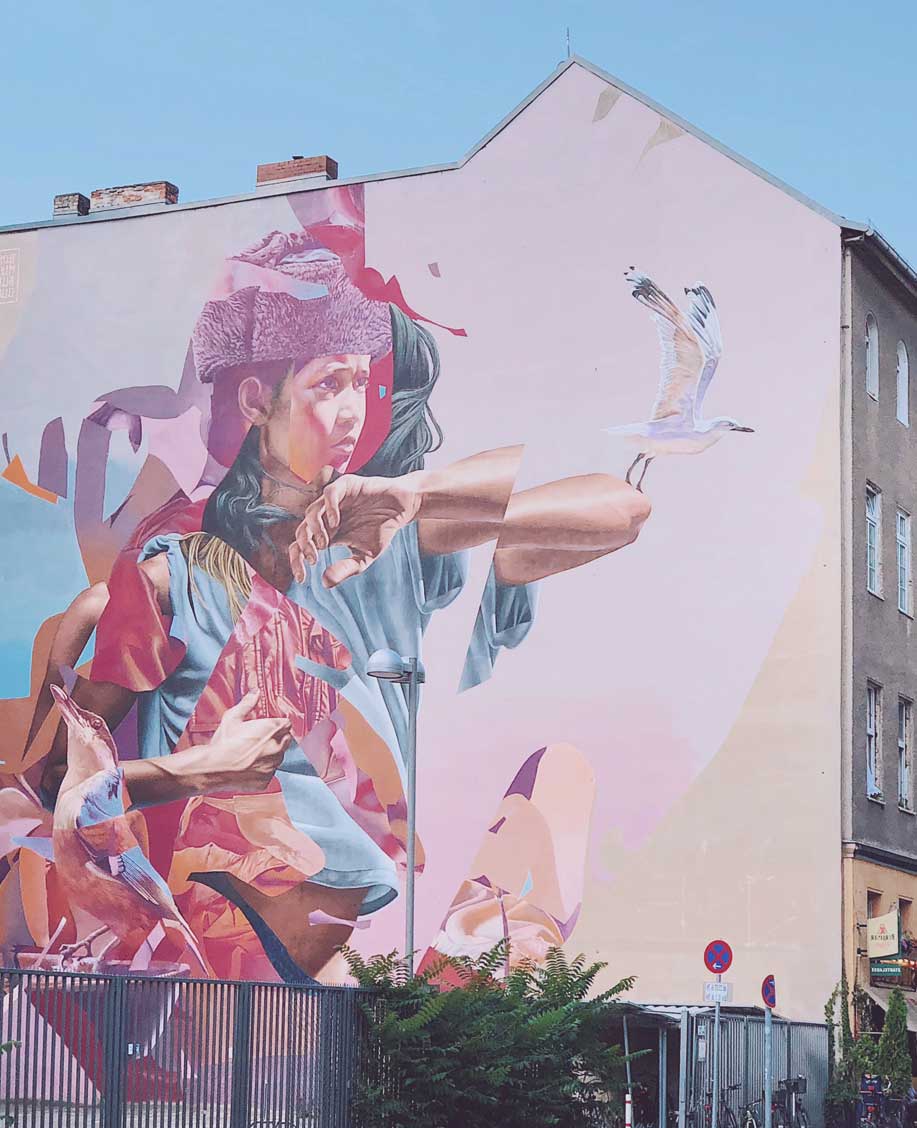
FREEDOM WARRIOR PROMPT:
- Pick an artist you find controversial. Look at their work and explore what they are trying to say? What messages do you receive from their art? How does this relate to you?
“Enjoy every step you take. If you’re curious, there is always something new to be discovered in the backdrop of your daily life.”
― Roy T. Bennett
WORD OF THE MONTH
Artistic Freedom
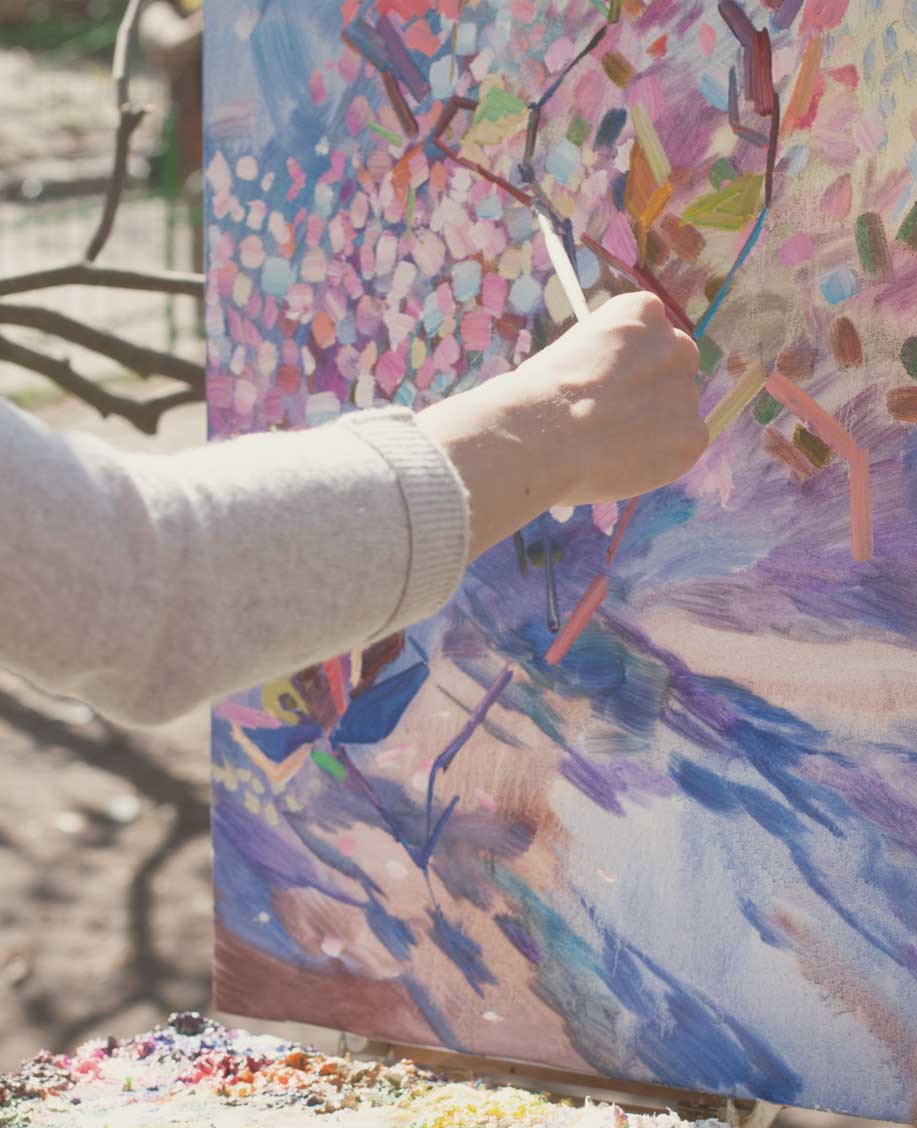
“Without freedom, there is no Art.”
– Albert Camus
Word of the Month : Artistic Freedom
Activate your voice meditation
Activate Your Voice Meditation
“When the whole world is silent, even one voice becomes powerful.”
― Malala Yousafzai
Curious about Composition
– PART TWO –
GUIDING THE EYE
These compositional techniques explain how to guide the eye of your viewer. It’s critical to understand that you are the tour guide of your work. By using these techniques you let the painting unfold in the way you want.
We will be exploring this piece by the artistic rebel – Salvidor Dali to see examples of these techniques. I will convert it to black it white so we are not distracted by color.
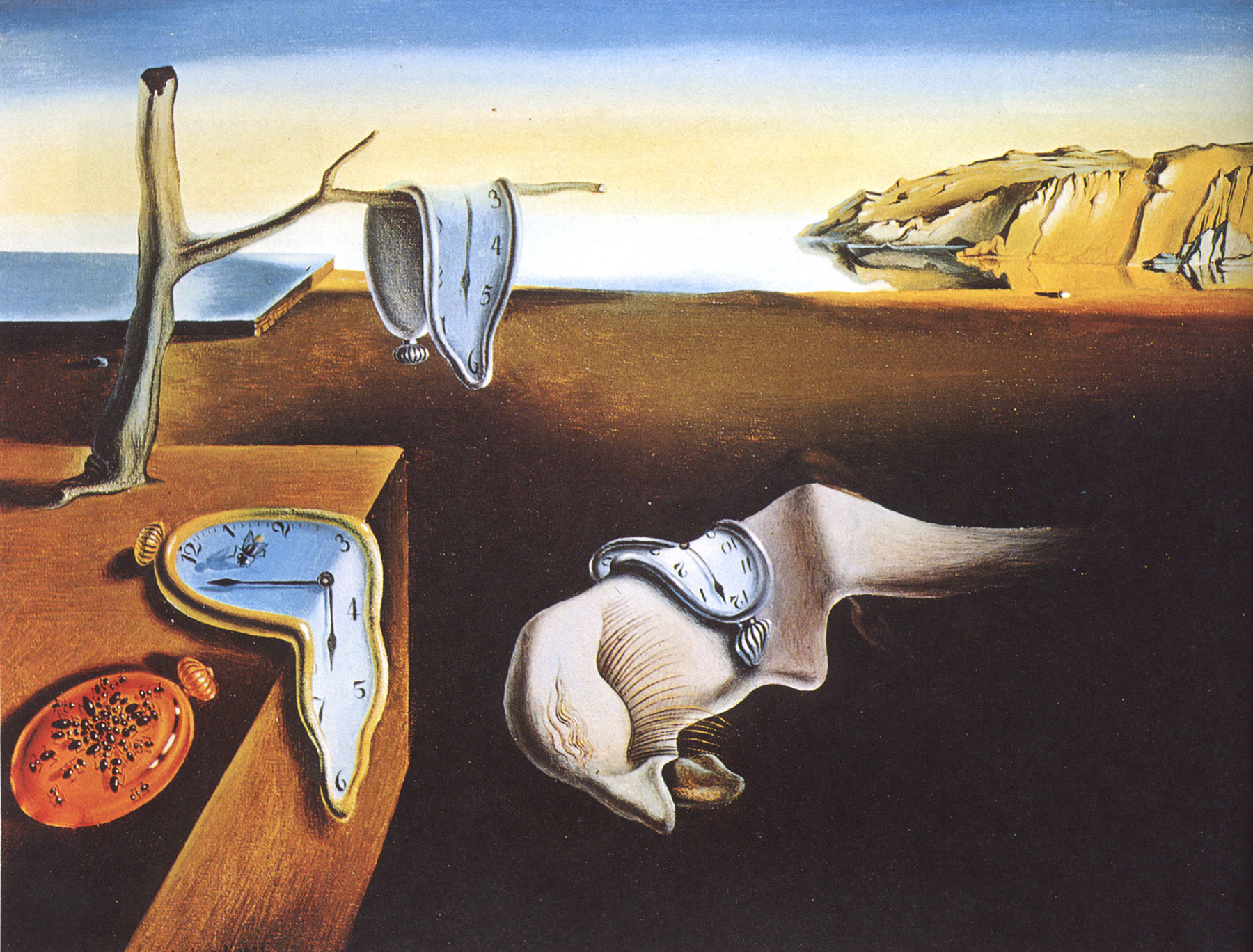
Salvidor Dali – 1931
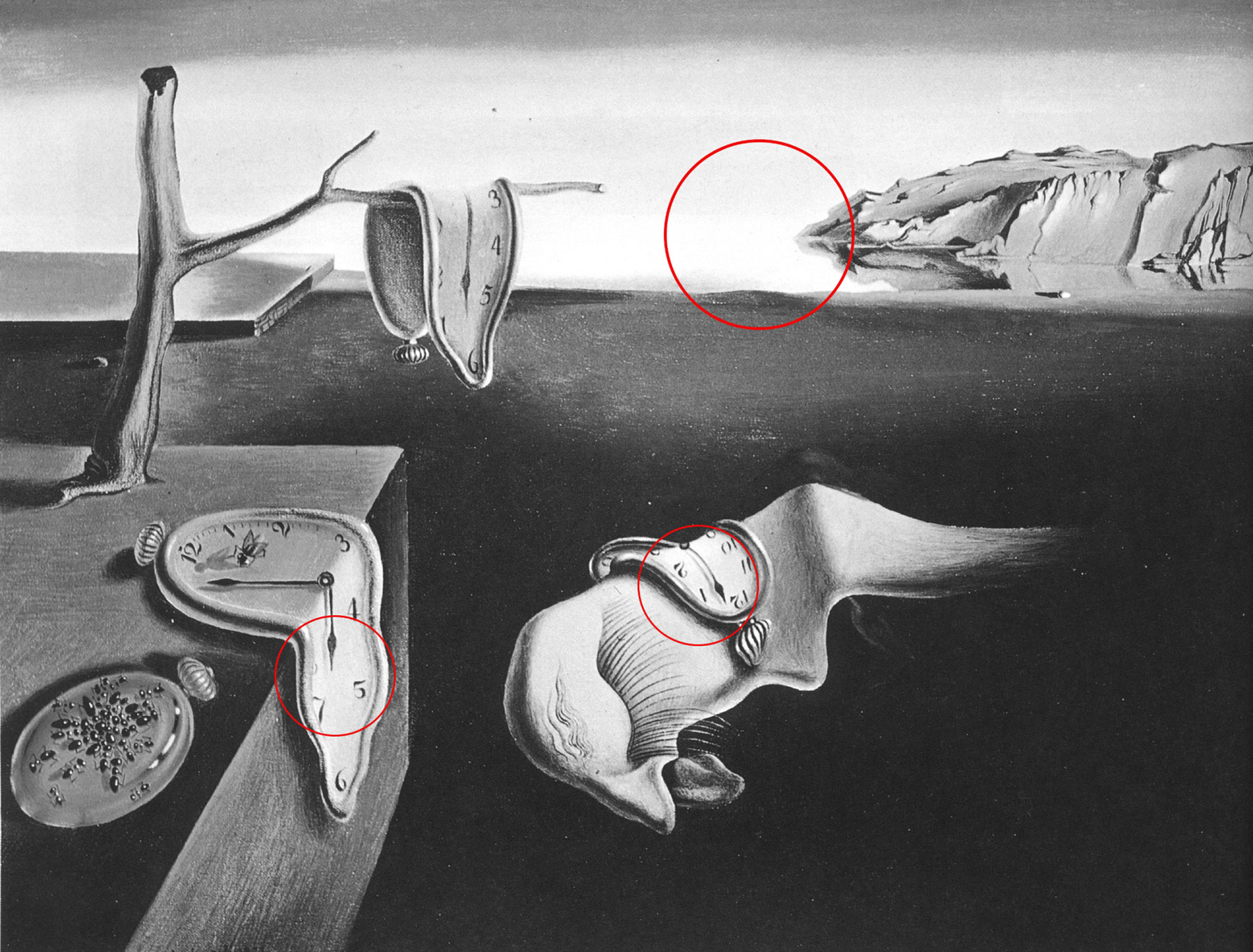
USING CONTRAST IN VALUE
Contrast in art refers to the arrangement of opposite elements (light vs. dark colors, rough vs. smooth textures, large vs. small shapes, etc.) When we discuss value contrast we are speaking to the lightness or darkness of a hue. It is vital to understand the power of contrast. When you put a very light color next to a very dark color you create high contrast. Our eye is drawn to areas of high contrast first. This becomes a focal point in the painting. Put strong contrast away from the focal point and you loose the viewer – they will be looking at what may not be as important in your painting. Identifying where you want the viewer to look will tell you where to put the highest amount of contrast.
Look at how the area of most contrast at the horizon pulls us directly into the painting. From there we explore the imagery further – our eyes being drawn to the next areas of contrast on the clock faces. The first place of the strongest contrast is the visual invitation into the painting.
LEADING LINES
You can also guide your viewer by using shapes and edges that lead the viewer to what you want them to see. These support the rules of contrast and further add structure to the composition. Again see in Dali’s piece how the shapes he has used provide “leading lines” that guide the eye.
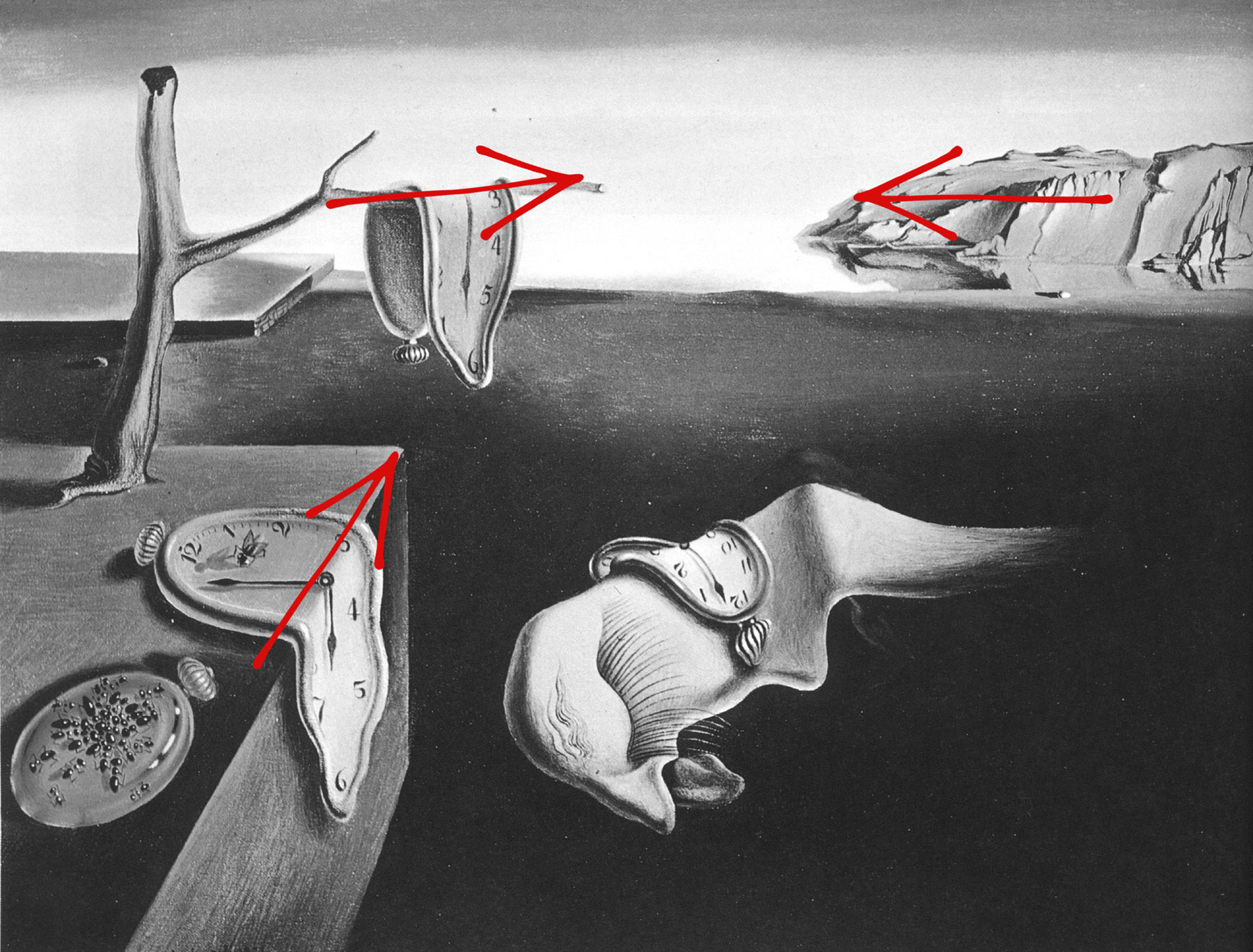
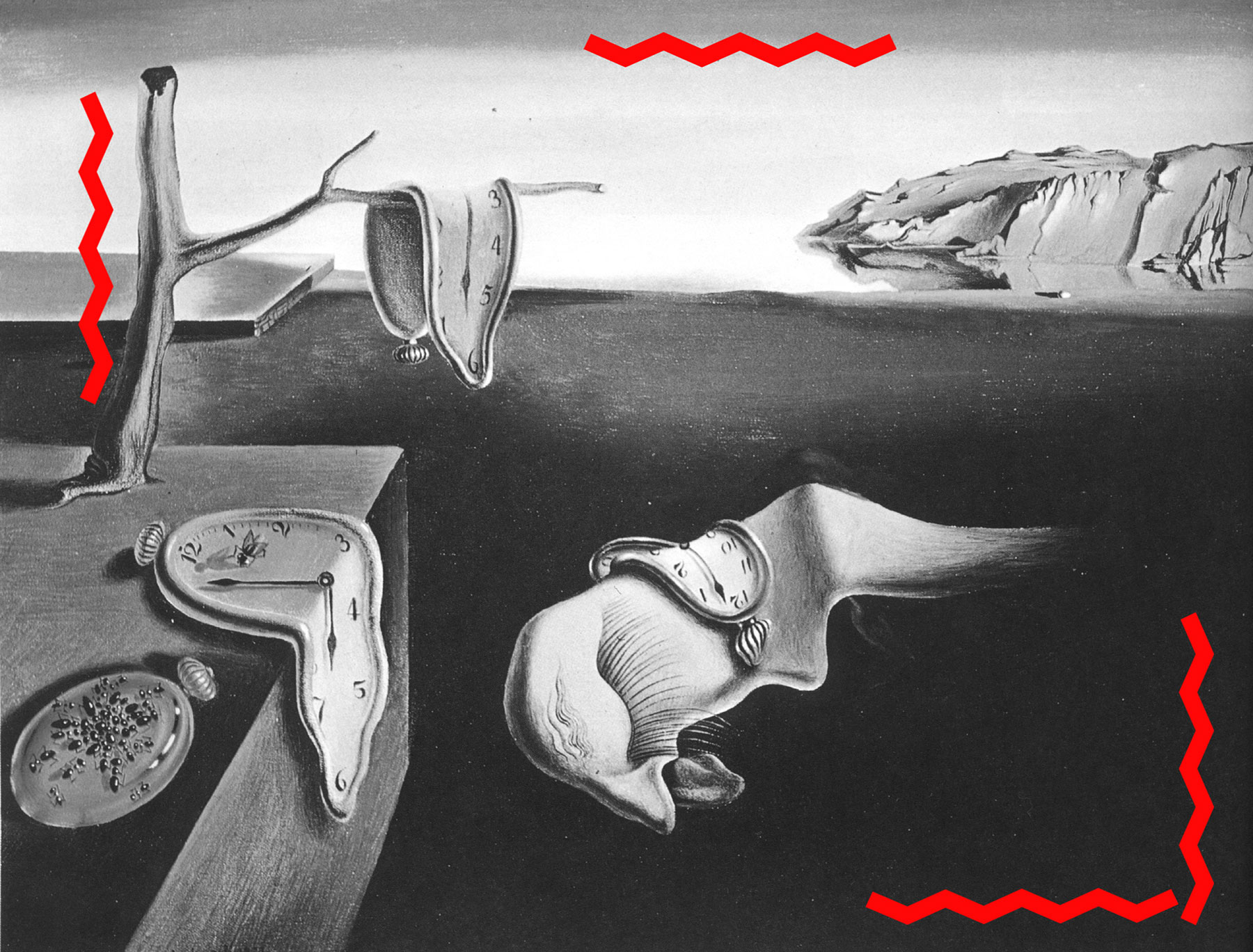
CLOSING THE EDGES
Just as important as it is to lead your viewer into your painting, it is vital to keep them there. You ultimately want the person experiencing your art to stay a while and explore all the elements you have provided for them. We can do this by closing the edges of the canvas. Often shapes or areas of darkness can contain the eye…see how Dali achieves this here. He uses the tree shape to bar the eye from leaving and he does the same using shadowing in the sky and filling the lower right corner with shadow. Our eyes naturally are drawn to light.
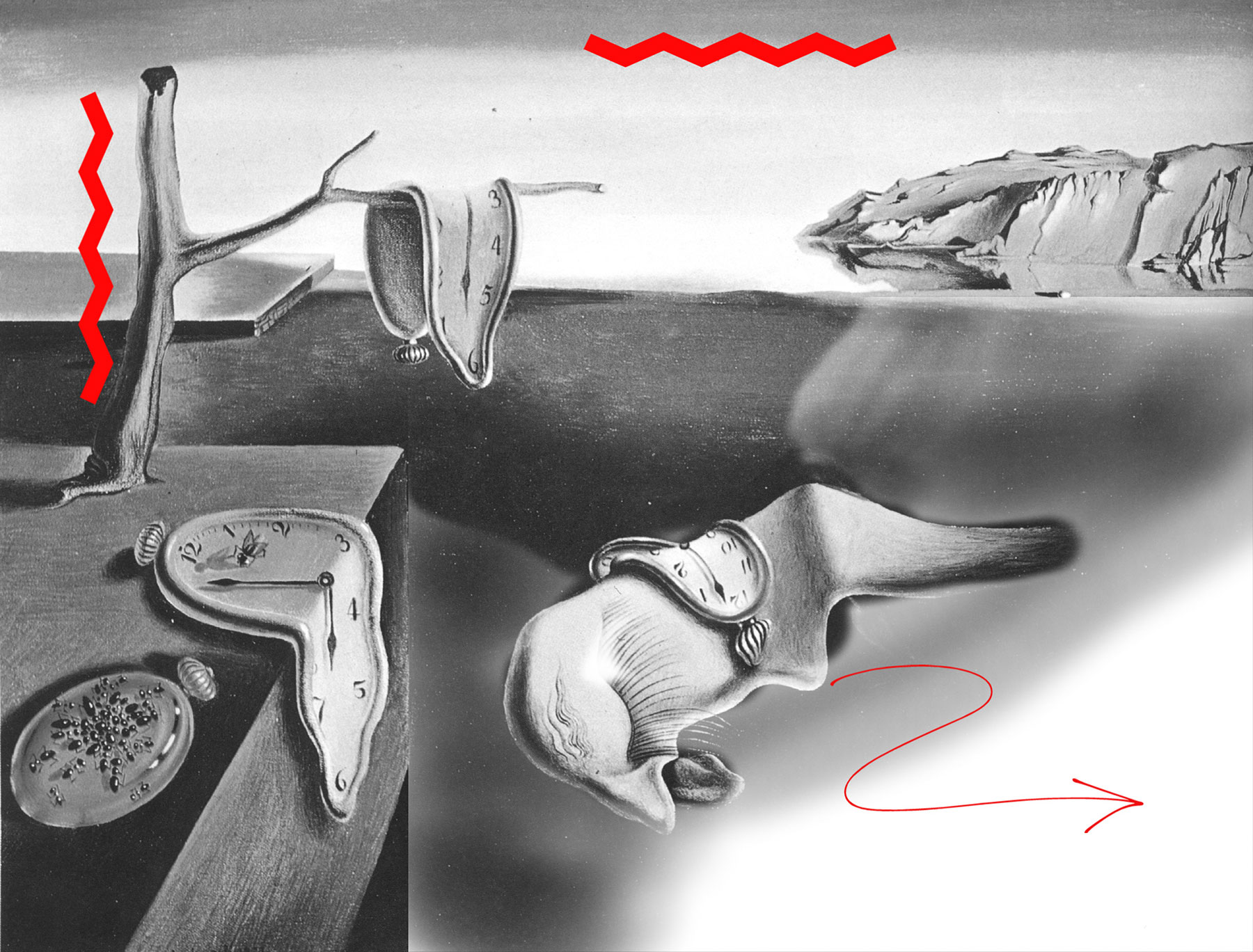
Explore these ideas and see how you can apply them to your own compositions.
Monthly Affirmation
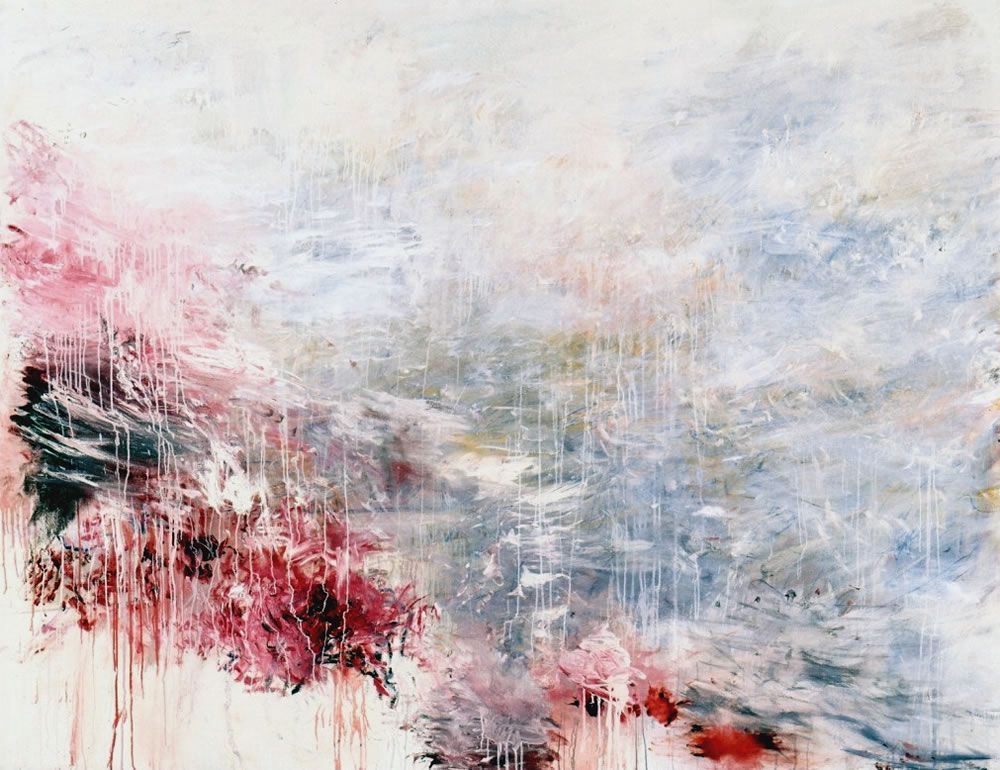
Color Palette of the Month
I love the intensity of the plums and magenta, the blood red against the softness of mauve, sage, smoke, and the softest blue. To me, it evokes a rush of feeling that invades the quiet space. An urgency that can no longer be contained. A surge of freedom.
Color Palette
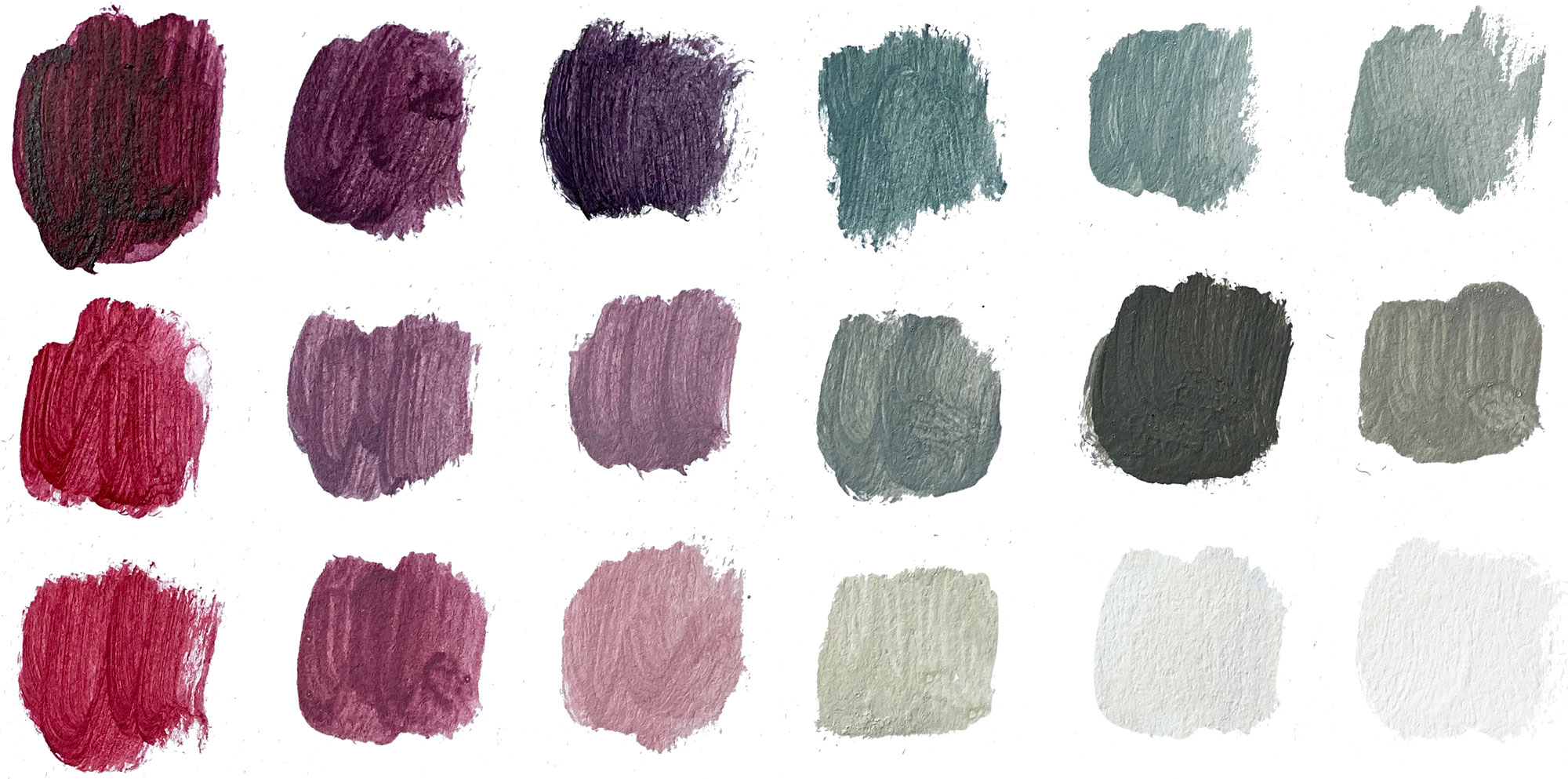
“Colours are brighter when the mind is open.”
– Adriana Alarcon
Color Palette
FREEDOM WARRIOR PROMPT:
- Make a list of all the things you want to express but have not yet dared to – this will be your list of the Forbidden. Why do you feel these things are forbidden to you? How can you free yourself from these constraints??
MASTER ARTIST GUIDE
Cy Twombly
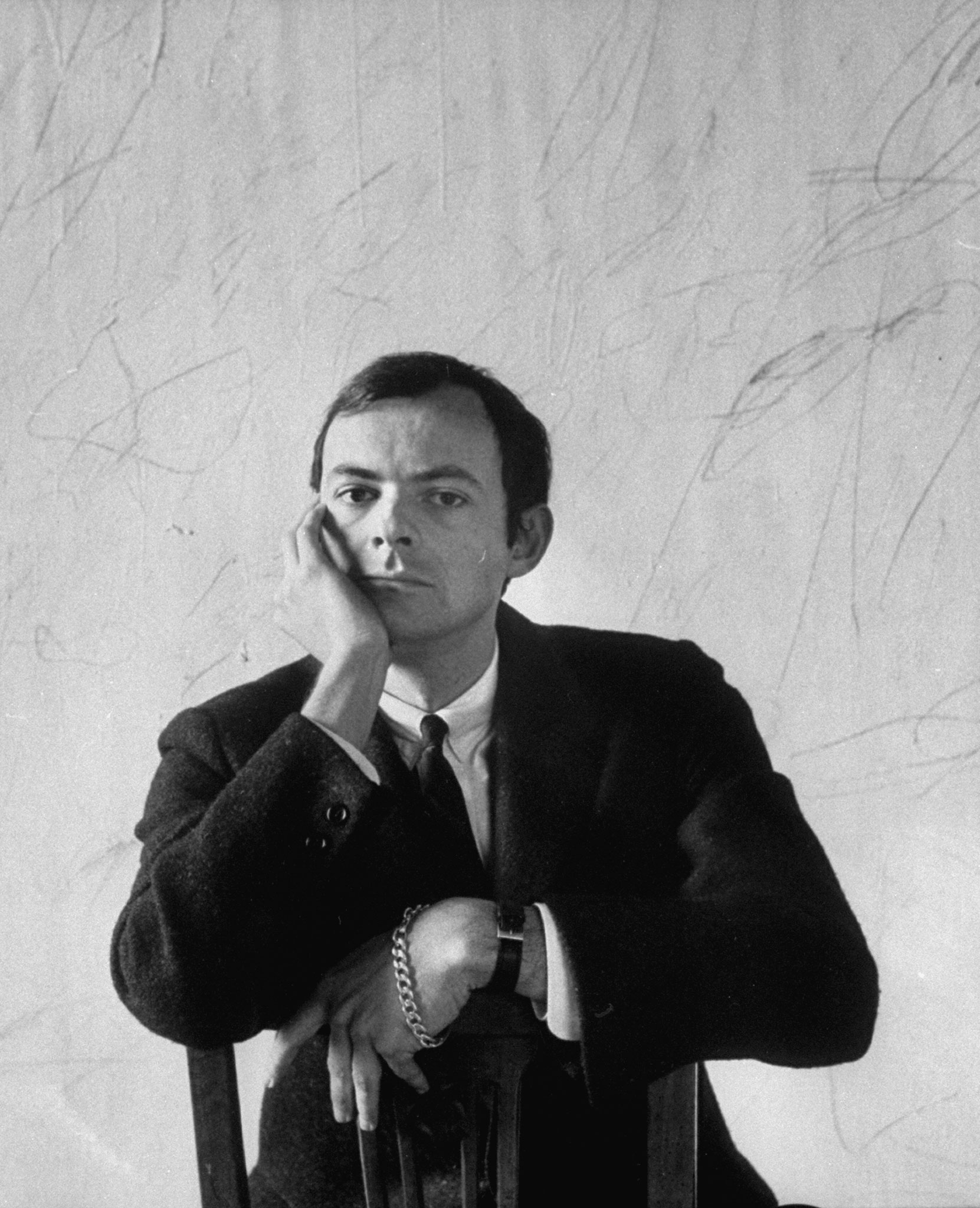
Cy Twombly has angered and offended as many art critics as any good rebellious artists should. They cried – these are the scribblings of a child – the marks of an untrained eye and a reckless disregard for classical beauty. How dare he!?
At first glance, you might agree, but pause for a minute and spend some time with his work and soon you find yourself trying to decipher the buried messages, the glimpse of truth. His work feels like we are on the brink of completing a thought, the fog right before it clears, the grasping of a dream right after one wakes.
I find comfort in the freedom of his scrawling and in the rebellious outbursts of color and form. I find beauty in his delicate pencil messages – poetic and mysterious.
“Here I am, unformed and undefined. Here is my mark. I exist not to please you but to be here. To leave an indelible imprint of myself on this world. Take it or leave it but here it is. Here I am. Imperfect in all my glory. Here are the fragments of myself – my stories and my desires, both buried and partially revealed within the mystery. I don’t need you to understand. I only ask you to look. To wonder. I invite you to witness the unseen in yourself.”
Cy delivered his work without explanation or apology. I admire this.
When we research Cy Twombly further we learn that his work is neither random or childish but actually is connected to the ancient past, in mythology, in poetry. This creates a deeper context where we can make connections and begin to see the story woven into his works.
So while at first you might not connect with his work. I encourage you to keep your mind and heart open and explore the idea of freedom within his art.
“I had my freedom and that was nice”
― Cy Twombly
Alright so let’s learn a little more about Cy Twombly
Twombly was born in Lexington, Virginia, on April 25, 1928. Both him and his father nicknamed after the baseball great Cy Young.
At age 12, Twombly began to take private art lessons with the Catalan modern master Pierre Daura. After graduating from Lexington High School in 1946, Twombly attended Darlington School in Rome, Georgia, and studied at the School of the Museum of Fine Arts, Boston and at Washington and Lee University in Lexington, Virginia. On a tuition scholarship from 1950 to 1951, he studied at the Art Students League of New York, where he met Robert Rauschenberg with whom he had a relationship.
Rauschenberg encouraged him to attend Black Mountain College near Asheville, North Carolina. At Black Mountain in 1951 and 1952 he studied with Franz Kline, Robert Motherwell and Ben Shahn, and met John Cage. The poet and rector of the College Charles Olson had a great influence on him.
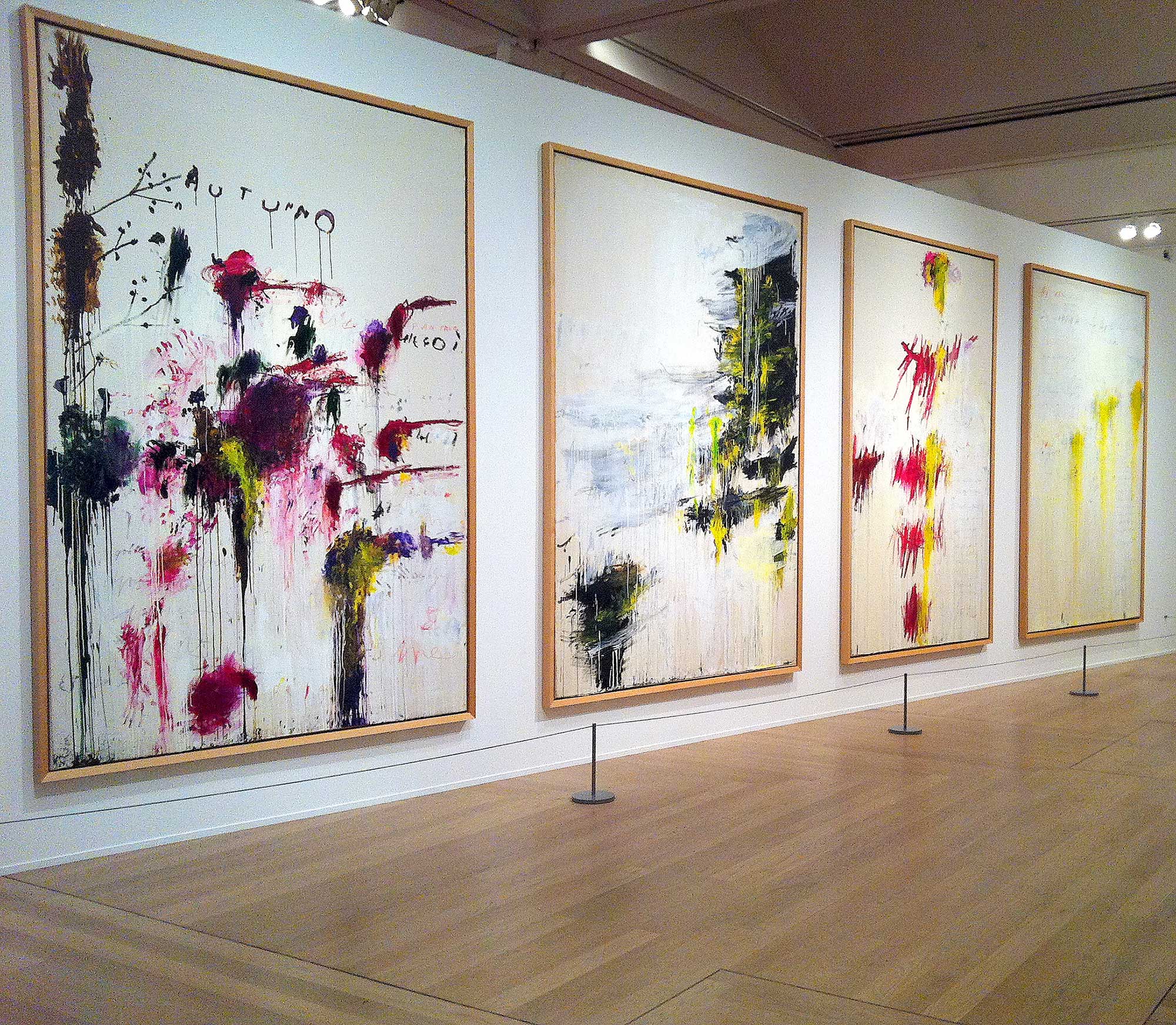
In 1957, Twombly moved to Rome, where he met the Italian artist Tatiana Franchetti – sister of his patron Baron Giorgio Franchetti. They were married at New York City Hall in 1959 and then bought a palazzo on the Via di Monserrato in Rome. In addition, they had a 17th-century villa in Bassano in Teverina, north of Rome. They had a son, Cyrus Alessandro Twombly (born 1959), who is also a painter and lives in Rome. In 2011, after suffering from cancer for several years, Twombly died in Rome after a brief hospitalization.
Motherwell arranged Twombly’s first solo exhibition, which was organized by the Samuel M. Kootz Gallery in New York in 1951. At this time his work was influenced by Kline’s black-and-white gestural expressionism, as well as Paul Klee’s imagery.
Overview of his Art
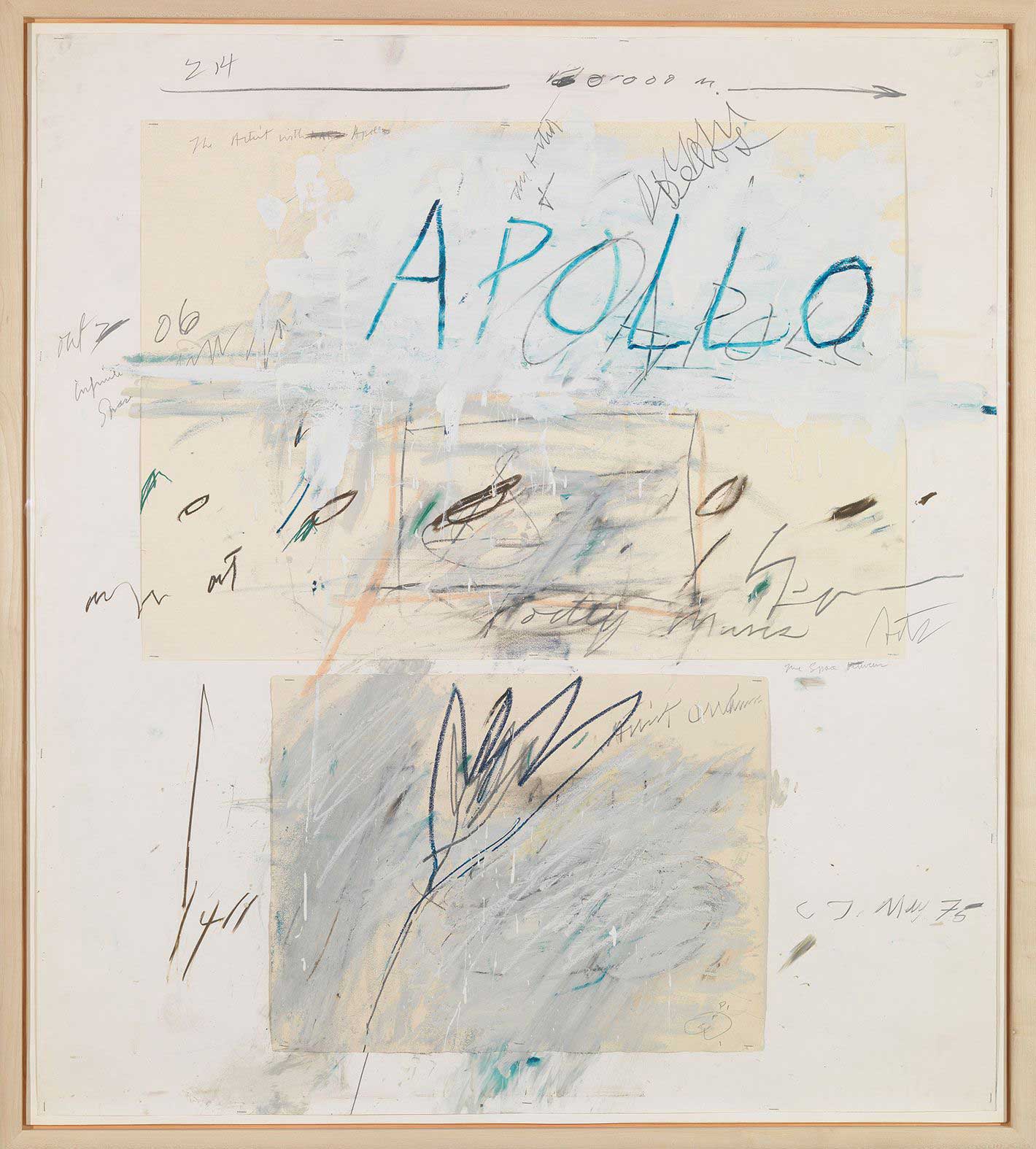
Much of Twombly’s work is a direct reflection of, response to, and re-working of the ancient Greco-Roman past that surrounded him in his chosen home in Rome. Inspirations came from Greek and Roman mythology, history, and places, French Neoclassicism, and contemporary graffiti on ancient local walls. Twombly was able to balance the seemingly static history of the past with his own sensual and emotional responses to it.
In both the content and process of his art, Twombly was interested in the layering of time and history, of painting and drawing, and of various meanings and associations. His art situates itself in the context of the history of Western civilization as well as the process-oriented aspects of Abstract Expressionism.
Twombly’s works are in the permanent collections of modern art museums globally, including the Menil Collection in Houston, the Tate Modern in London, New York City’s Museum of Modern Art and Munich’s Museum Brandhorst. He was commissioned for the ceiling at the Musée du Louvre in Paris.
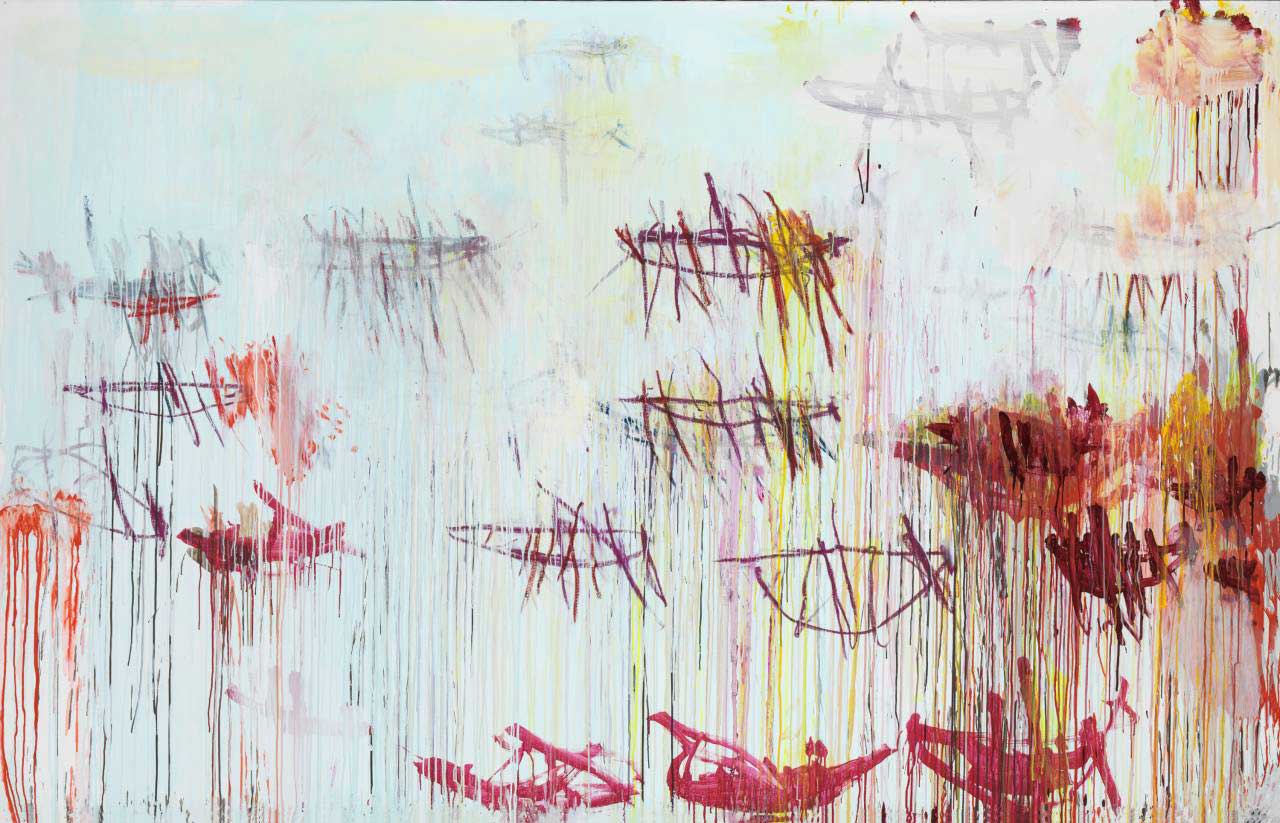
Enjoy this slide show of his work
“Every line is the actual experience with its own unique story “
―Cy Twombly
Learn more about Twombly and his background below…
Here’s a Pinterest board full of his work to inspire you!
Master Artist Guide
Poetry and Twombly
It is no surprise to then see the connection between Twombly’s work and the work of poets. Three who deeply inspired him were Sappho, Rilke and Keats. If you look closely you will often see him quote these poets in his work or leave fragments of their poetry in his painting. This thread of word and image was woven into so many of his works.
Here are three snippets of poetry from these Poets. Let’s let these beautiful words wash over you. What images and emotions do they elicit from you?
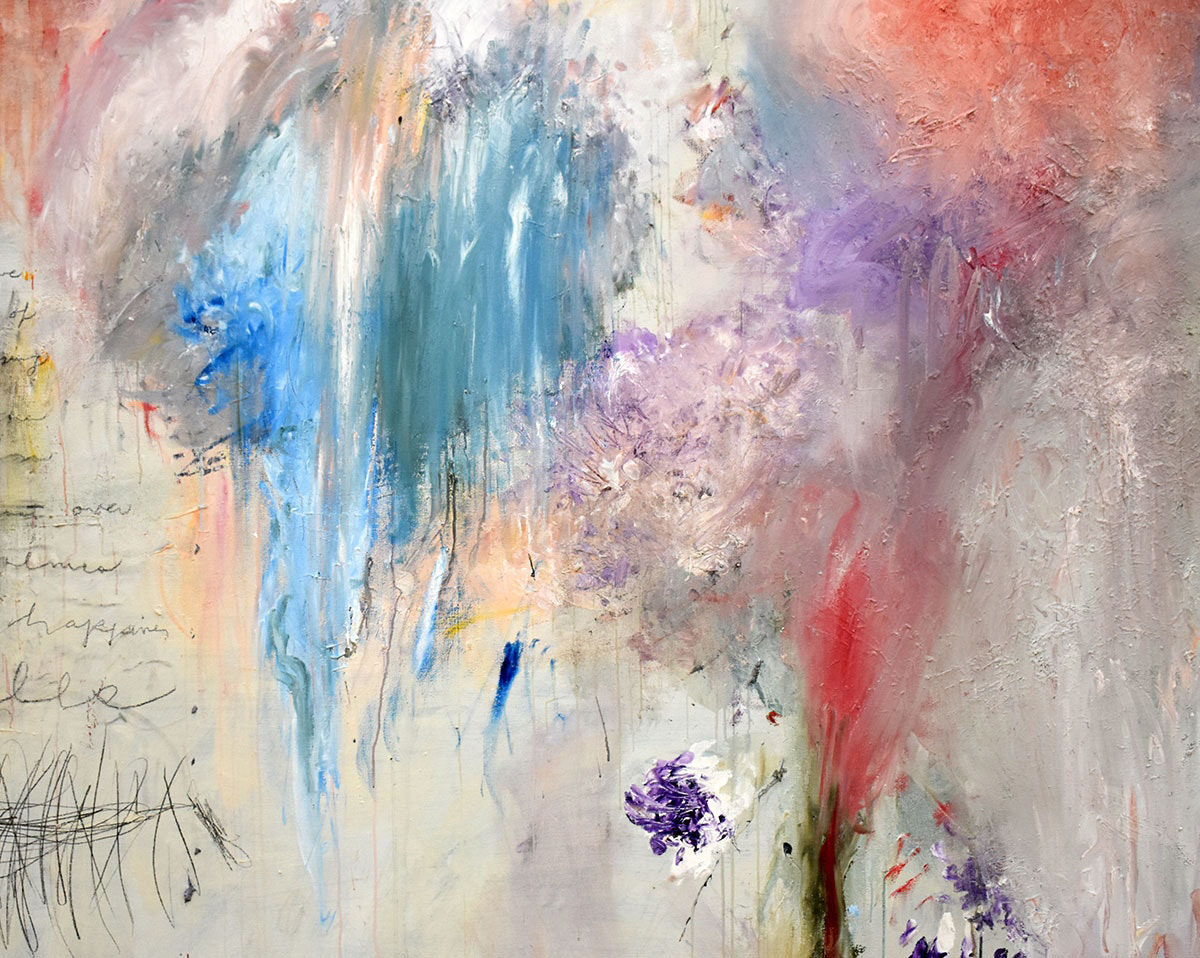
“May what I do flow from me like a river, no forcing and no holding back the way it is with children. “
―Rainer Maria Rilke
“Then love shook my heart like the wind that falls on oaks in the mountains. “
―Sappo
“The poetry of the Earth is never dead.”
―John Keats
I encourage you to explore poetry as a pathway to imagery, symbolism and inspiration. There is so much richness to discover.
Poetry and Twombly
Poetry Corner
Let me be
I care little for your advice,
less for your opinion.
I do not need you to understand.
I do not require your approval.
Let me be.
Let me be immersed,
in my own discovery.
Let my wings unfurl,
breathless
upon the wind.
Let me shine like the moon
and dance with my shadow.
Let me uncover my magic
and swim naked in starlit pools.
Let me carve my path,
make my mark,
write my story.
Let me unfold.
Unexplained.
Undefined.
Limitless.
Free.
Poetry Corner
Sketchbook Explorations
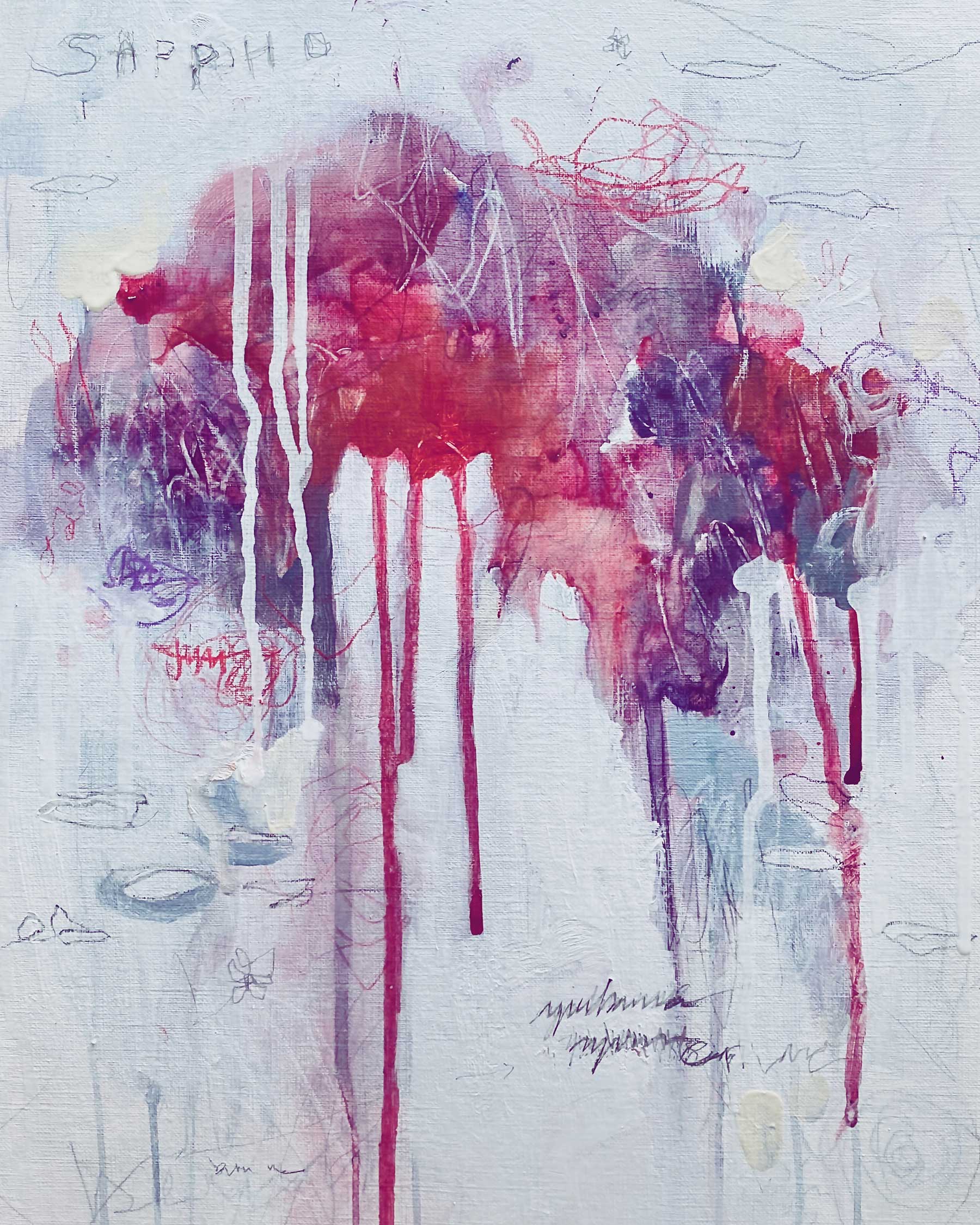
EXPLORATION 1
Mark making & Color Play
Twombly also did blind drawings where he would quite literally draw in the dark. He began doing this during his time in the army. When the lights were turned out, Twombly would pull out his pencil and sketch in the darkness.
Try both of these techniques and see what marks and sharpes emerge. Could you use these mark making explorations in your work? Where can you take these drawings…try layering over them as Twombly would with paint or other mediums.
After you have done some drawing, use our palette this month or one of your own and start to add color on top of your marks, note how Twombly applies color in rebellious splatters and spontaneous splotches. Try this out and have some fun using a very unplanned, free way of creating! I got out of my sketchbook for this one and worked on a larger canvas.
EXPLORATION 2
Poetry Inspired
Just like our Master artist, Cy Twombly, allow yourself to be inspired by poetry. How can you interweave it into artwork? Pick a poem or a few lines from a favorite poem. Can you express what the poem makes you feel in a visual way? You can use collage, paint, pencils or any medium you choose. Be inspired by the aesthetic qualities of Cy’s work and blend your own style into the mix. I chose to be inspired by this piece which has some lovely collage elements too.
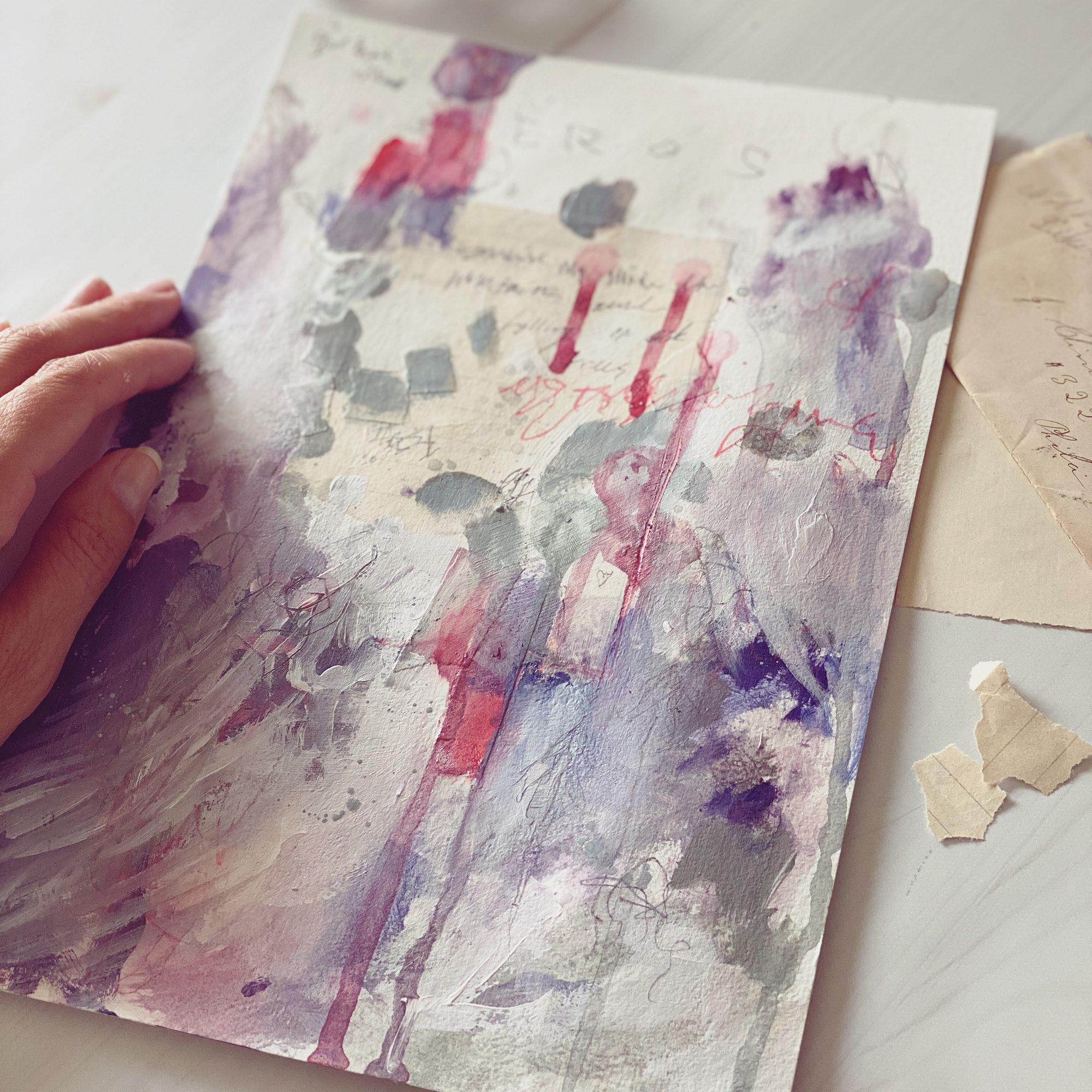
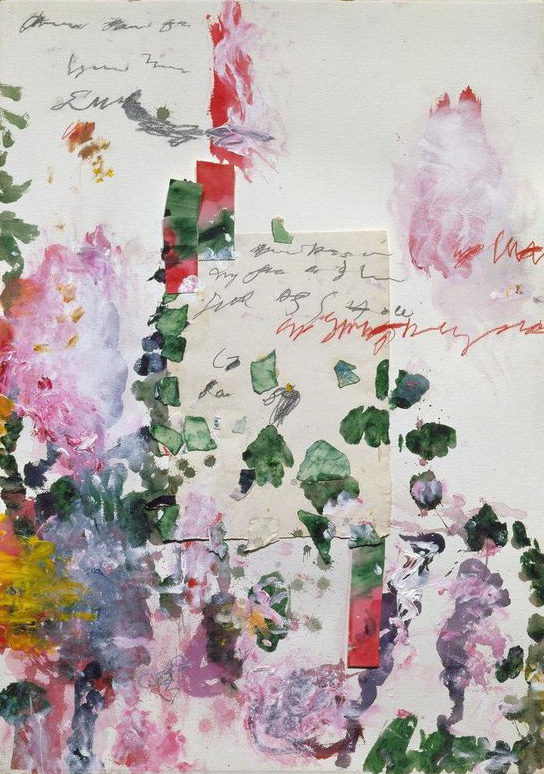
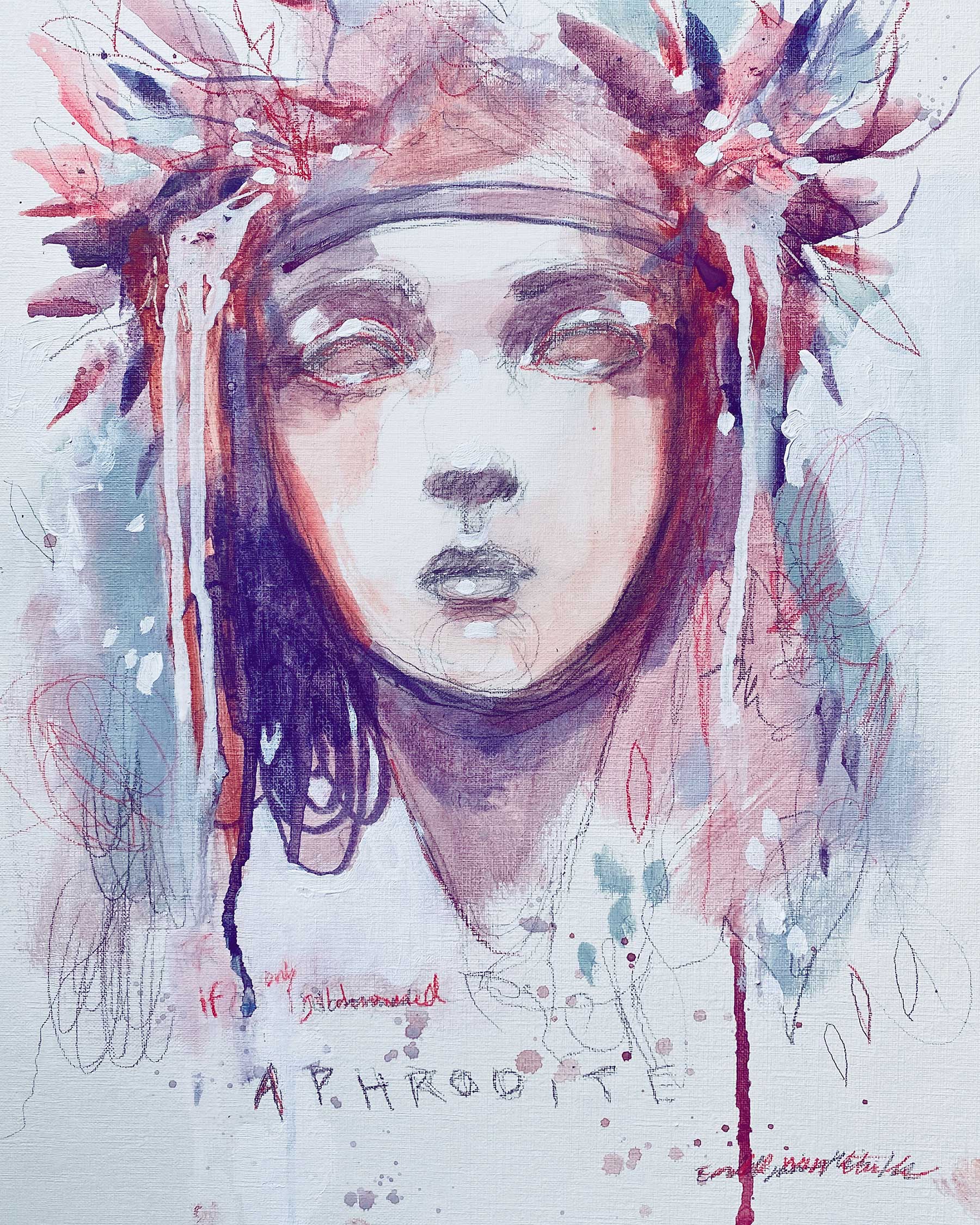
EXPLORATION 3
Mix it Up
JULY ART PROJECT
An Abstract Landscape Study
STUDIOWORKS
Submission Calls
STUDIOWORKS PODCAST
issue nineteen
You can also listen to this month’s issue of the Studioworks journal. I find I love listening to books, podcasts and music while I draw, paint or go on a long walk. Enjoy.
Studioworks : issue nineteen
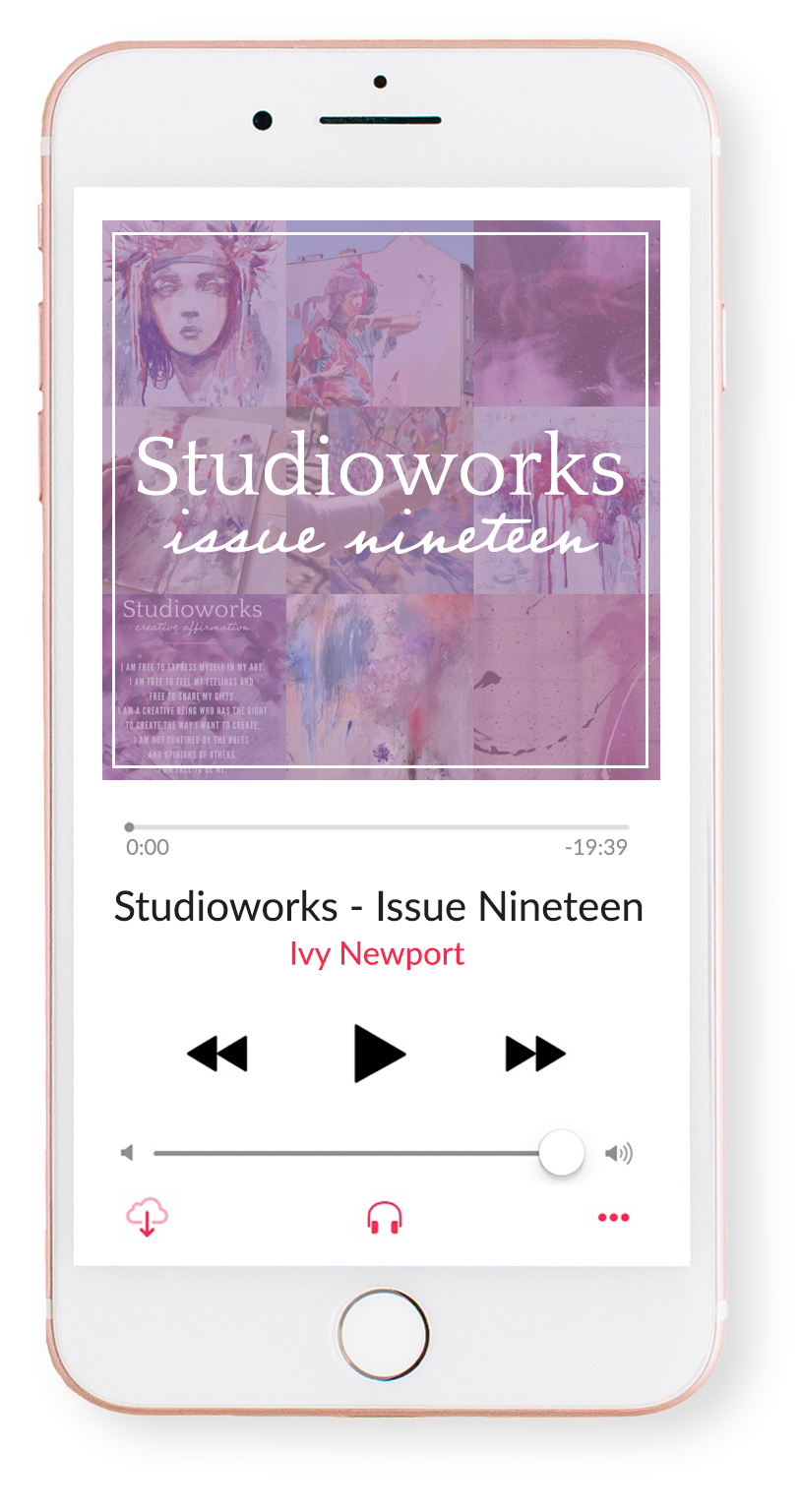
inspiration: curated
Books for discovering your creative style
MUSIC PLAYLIST
I had so much fun curating this list. I hope you enjoy!!
PINTEREST BOARDS
INTERESTING ARTICLES & VIDEOS TO CHECK OUT
FAVORITE SUPPLIES THIS MONTH
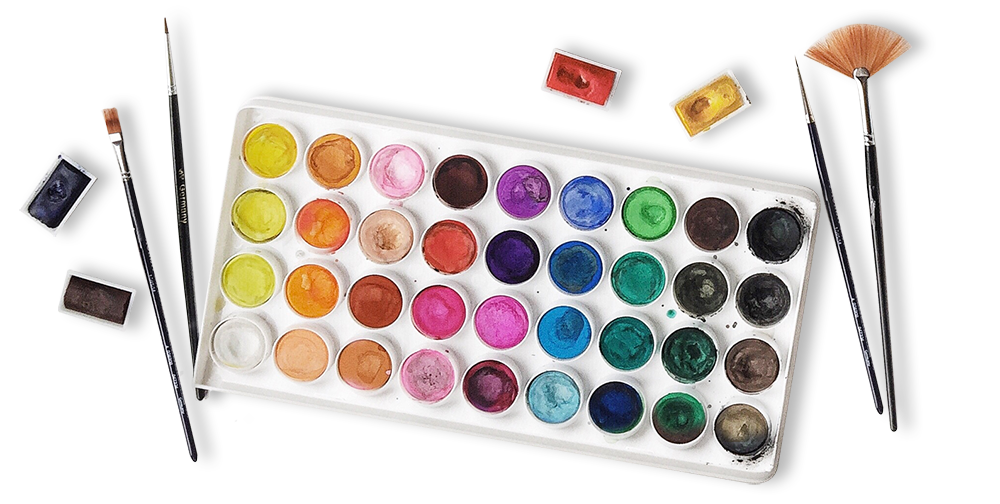
CLASSES TO TRY
These classes carry joy filled learning rooted in nature, art and happiness! I highly recommend checking them out if you haven’t already. Enjoy!

© 2019 IVYNEWPORT, LLC ALL RIGHTS RESERVED.

